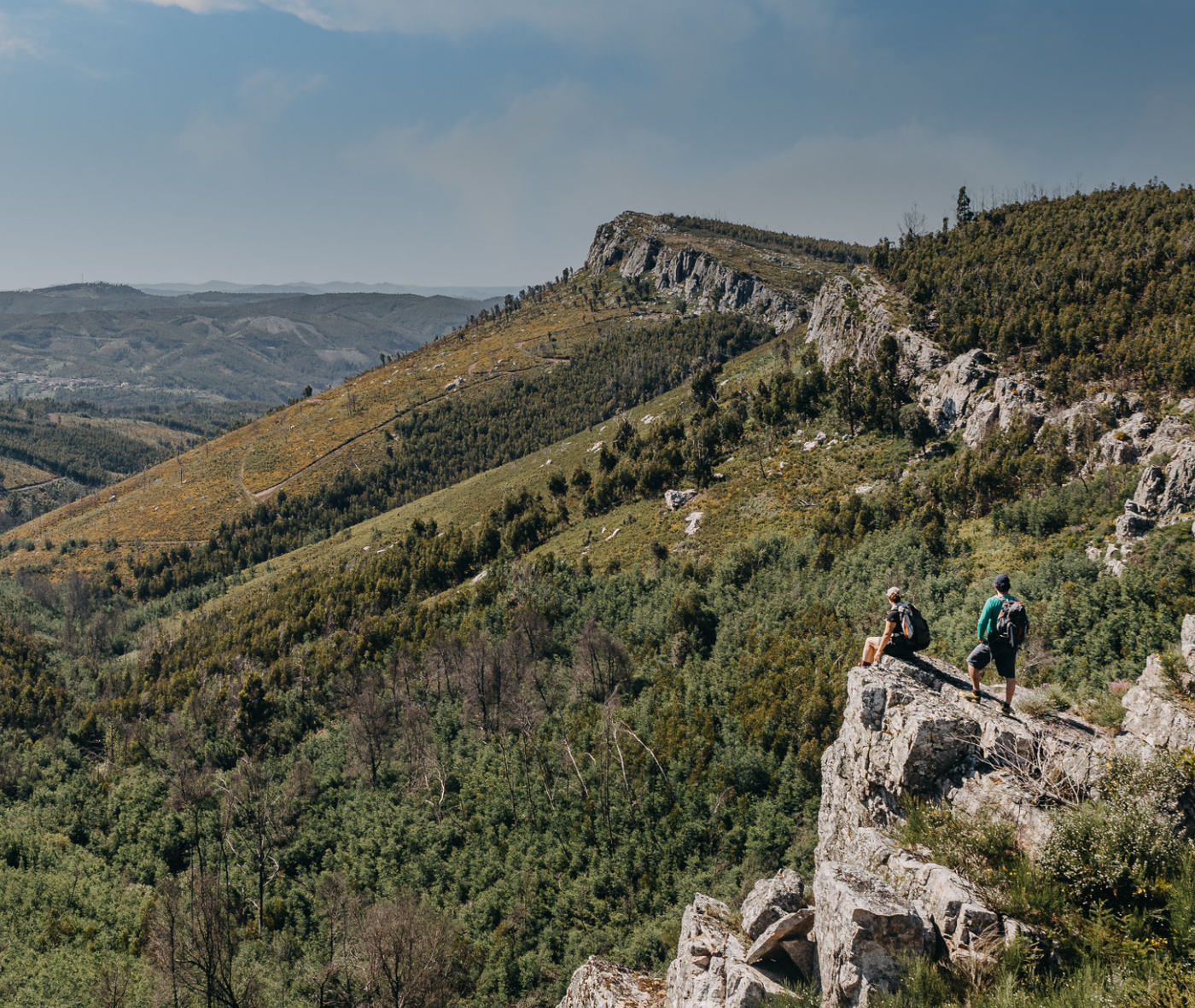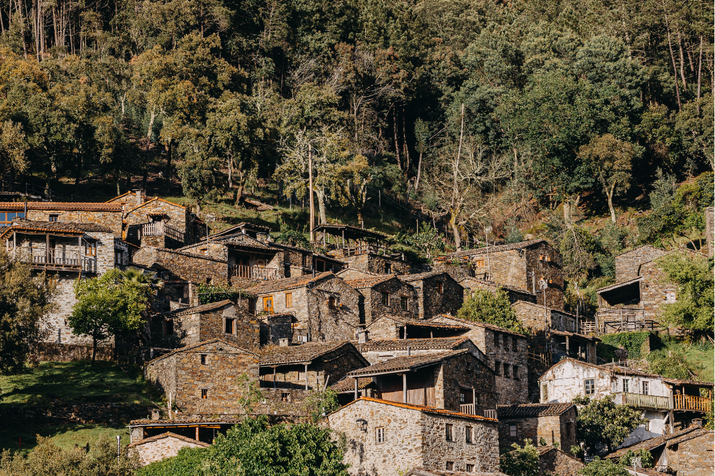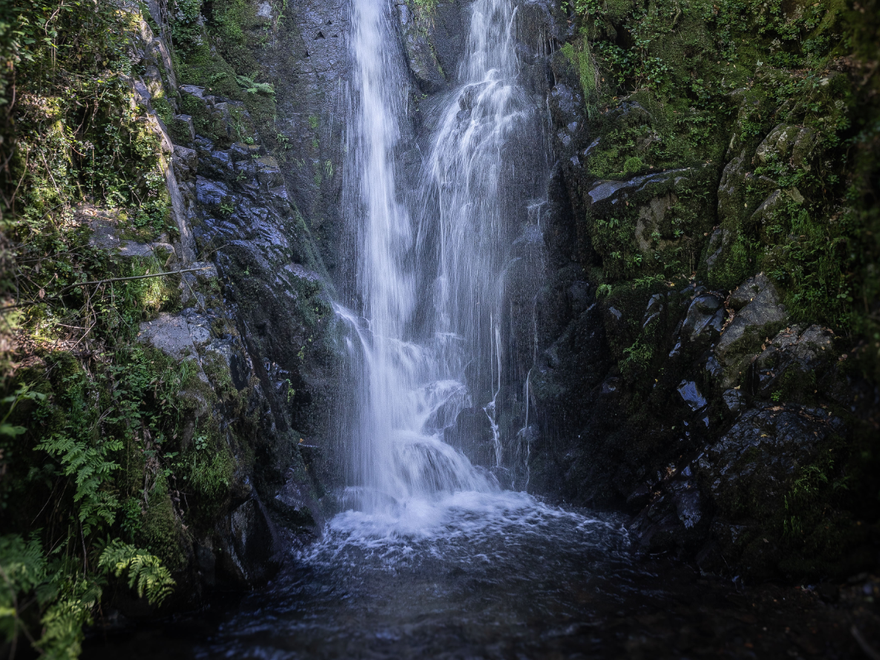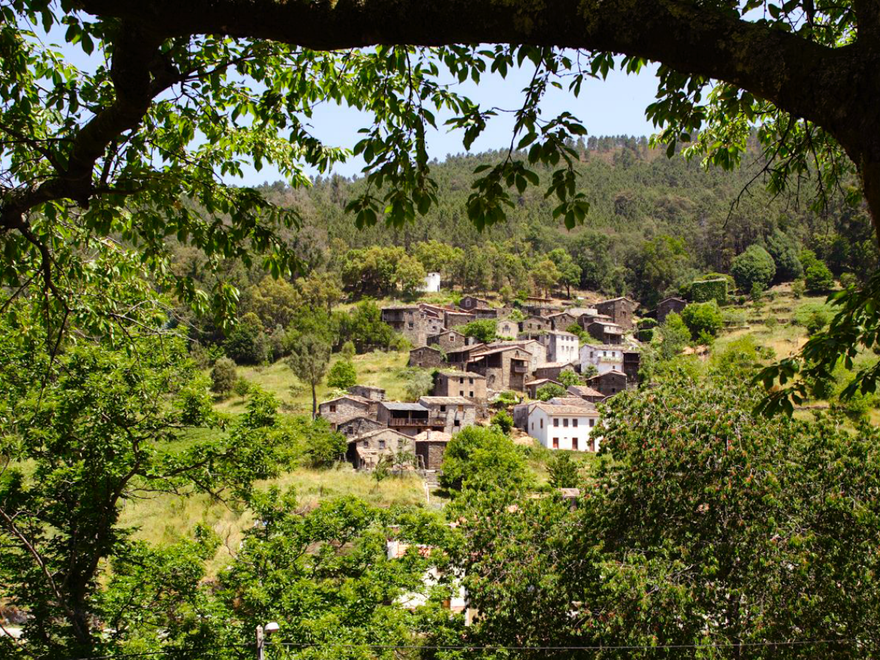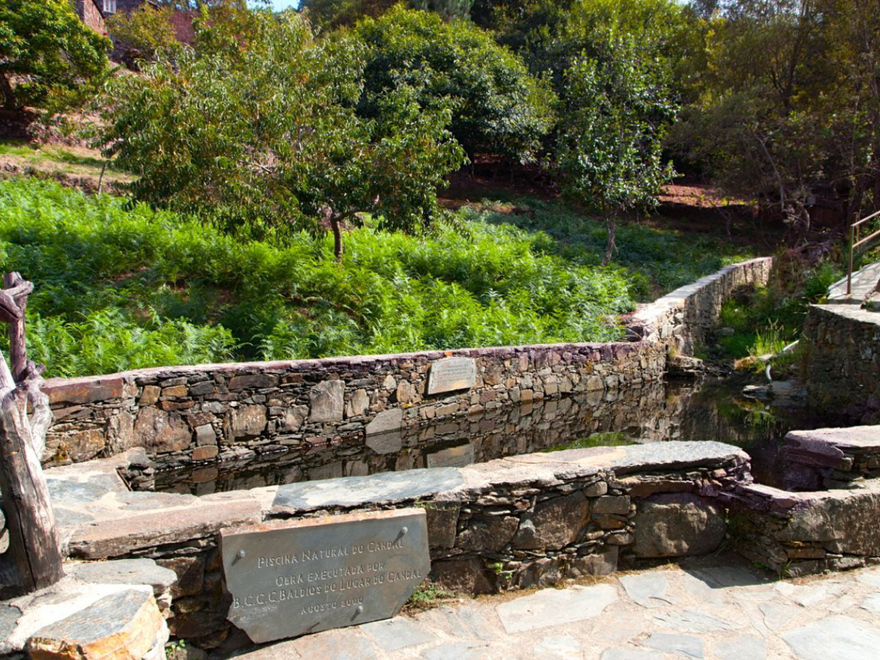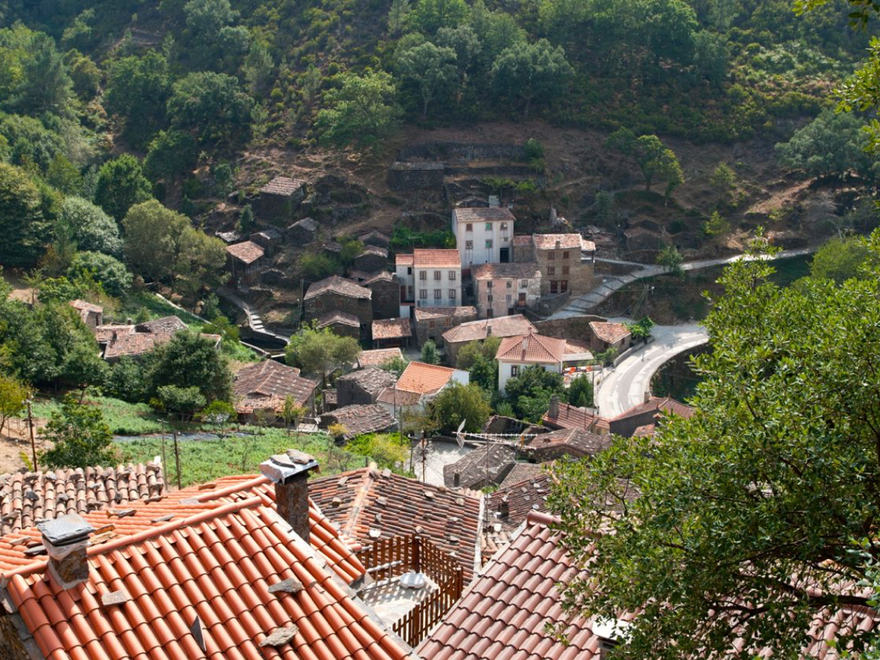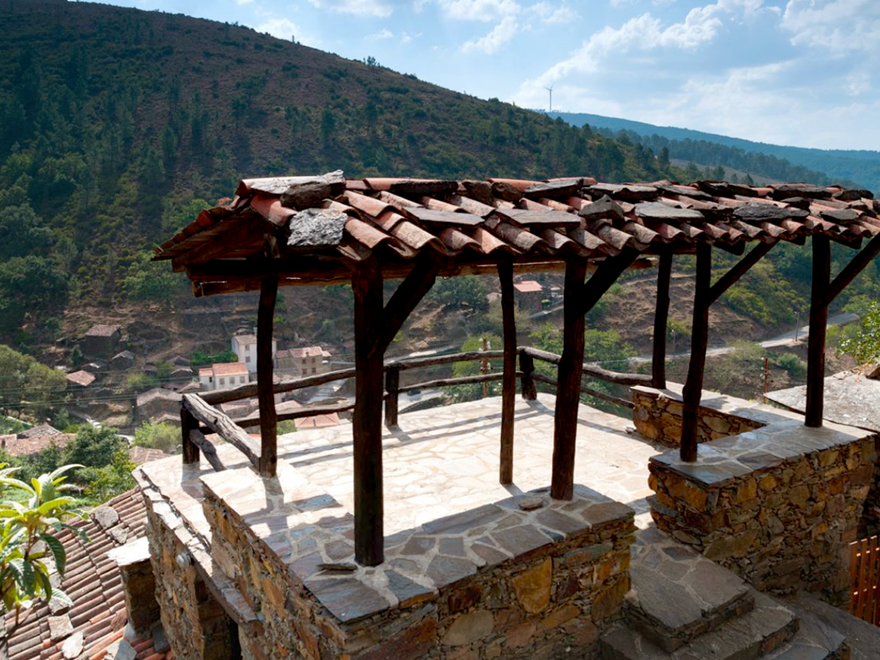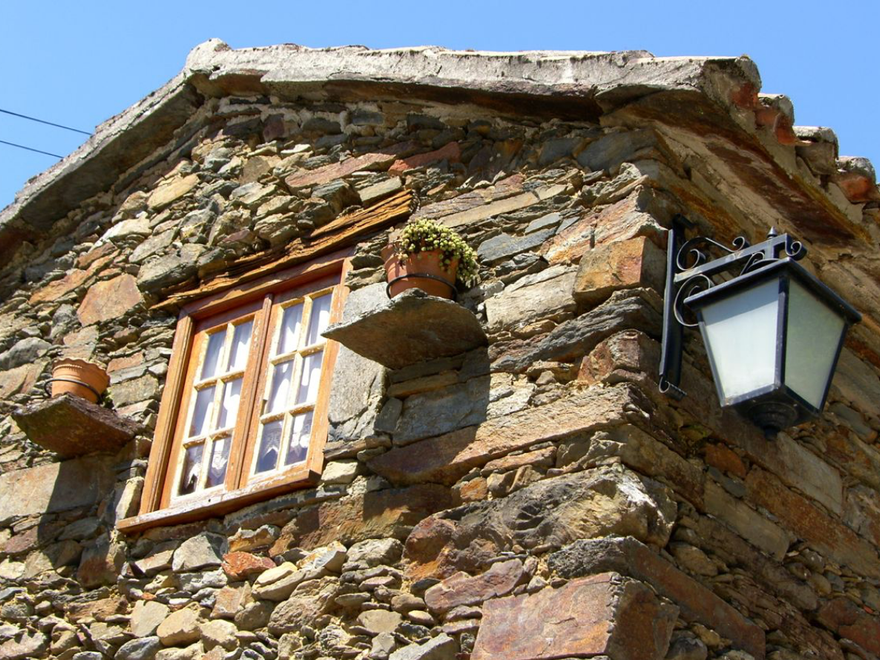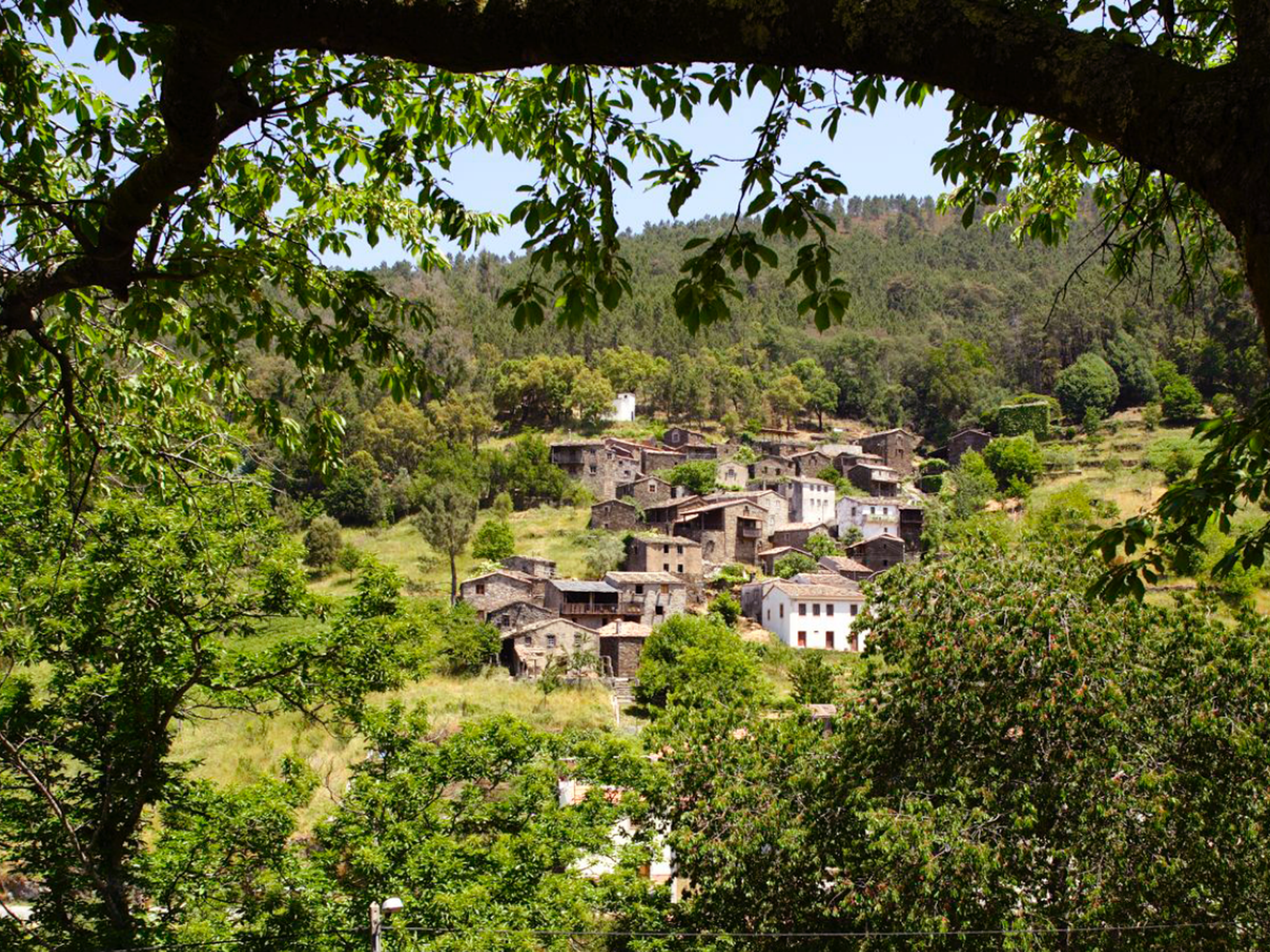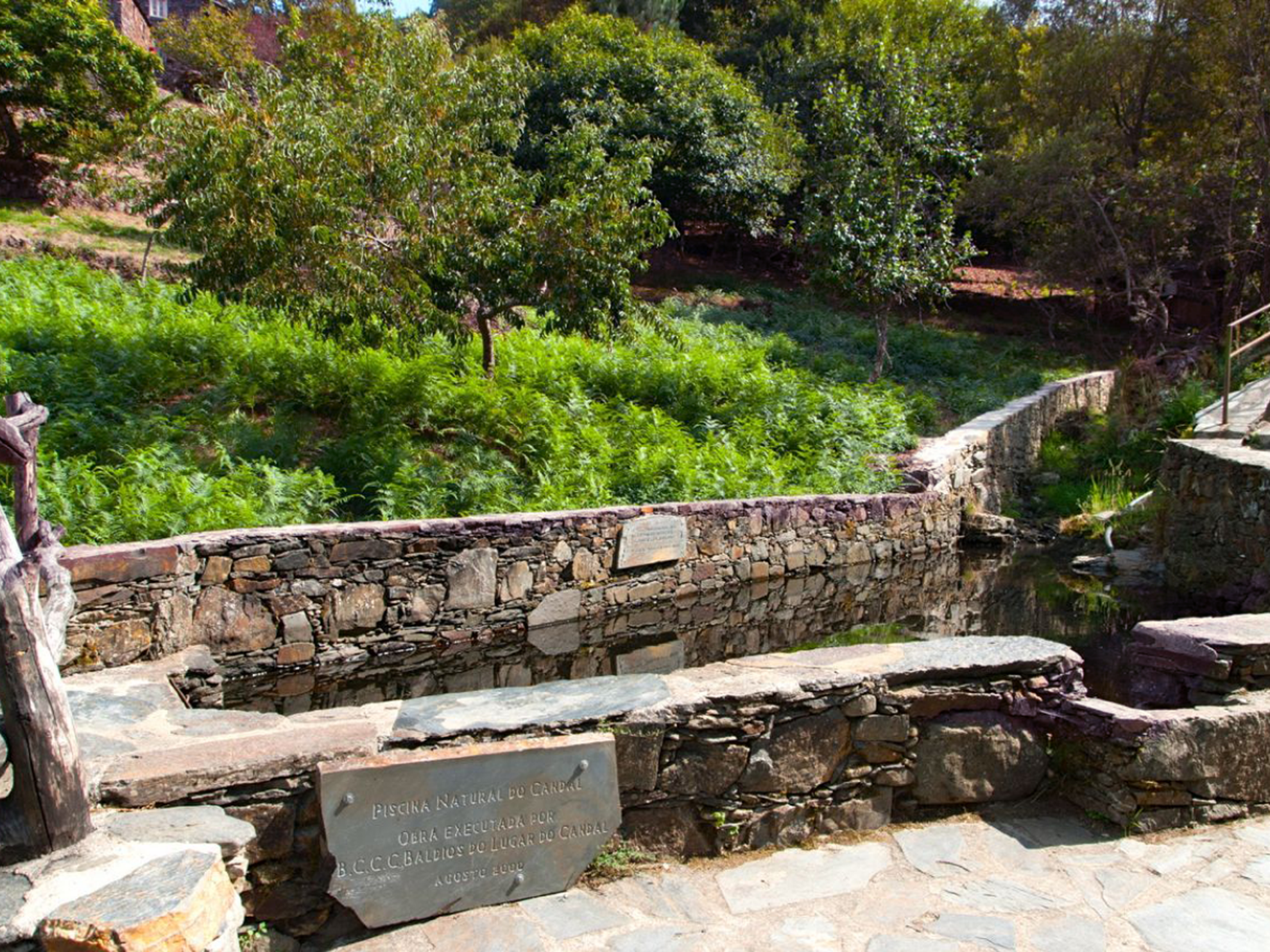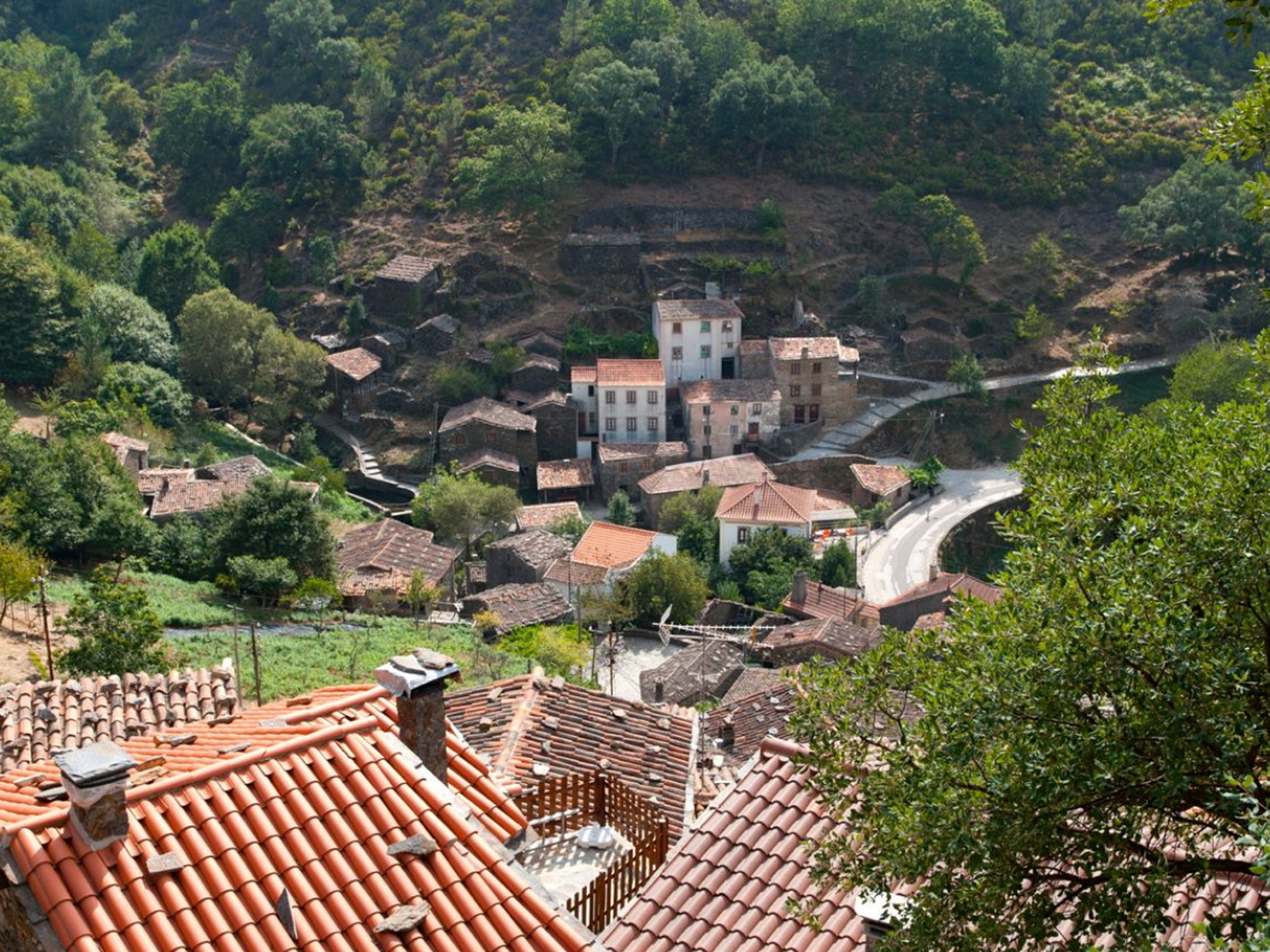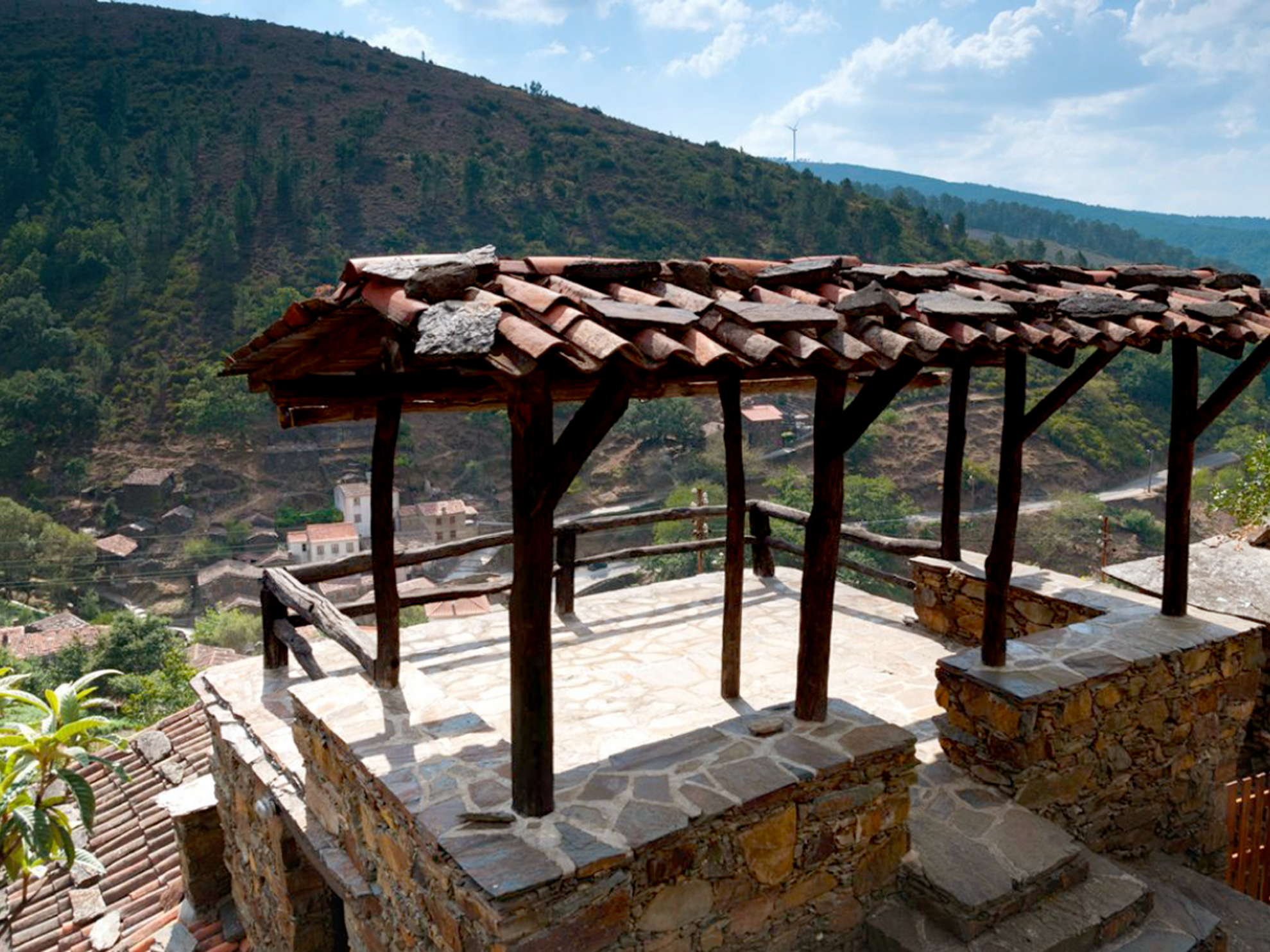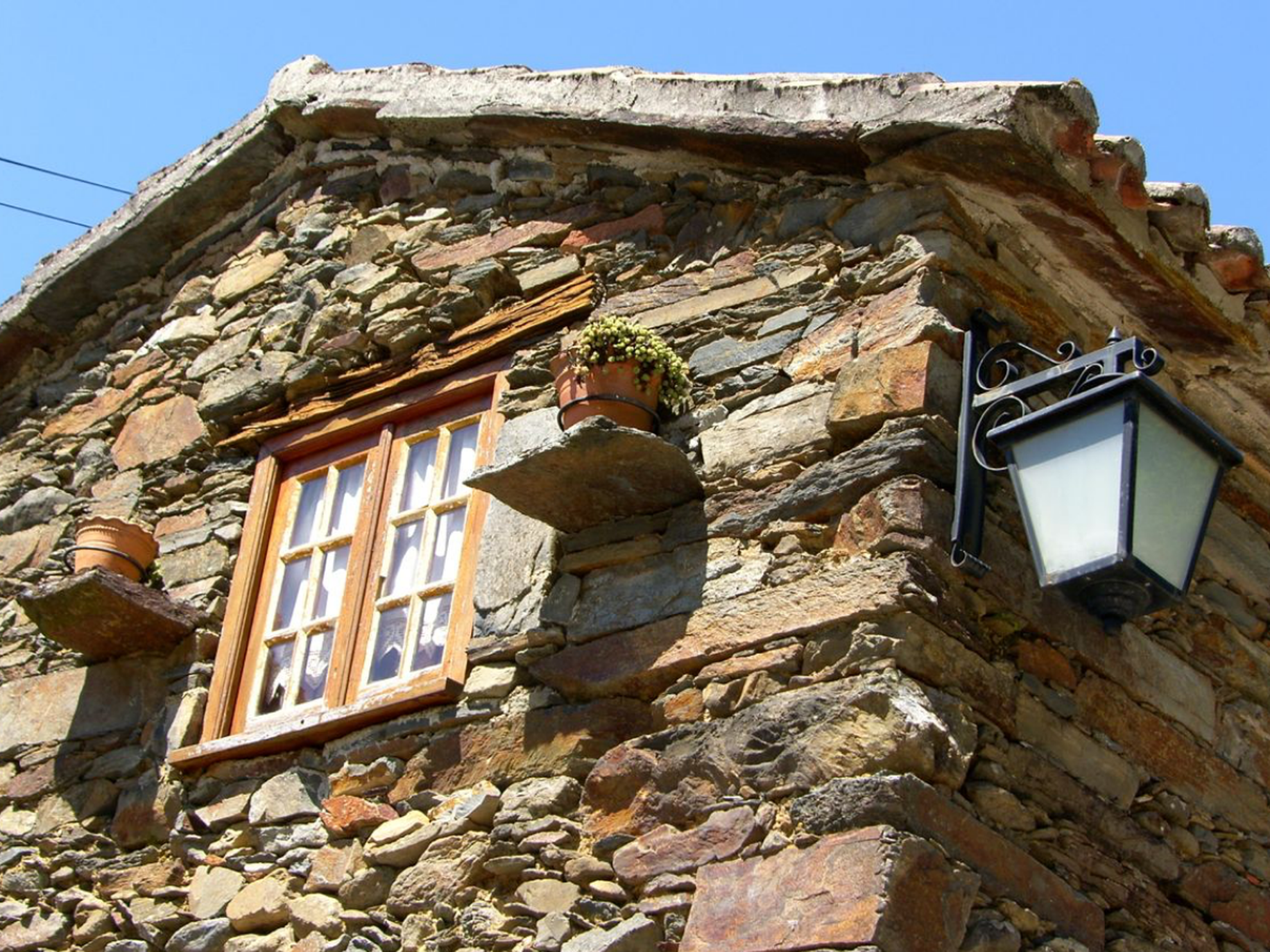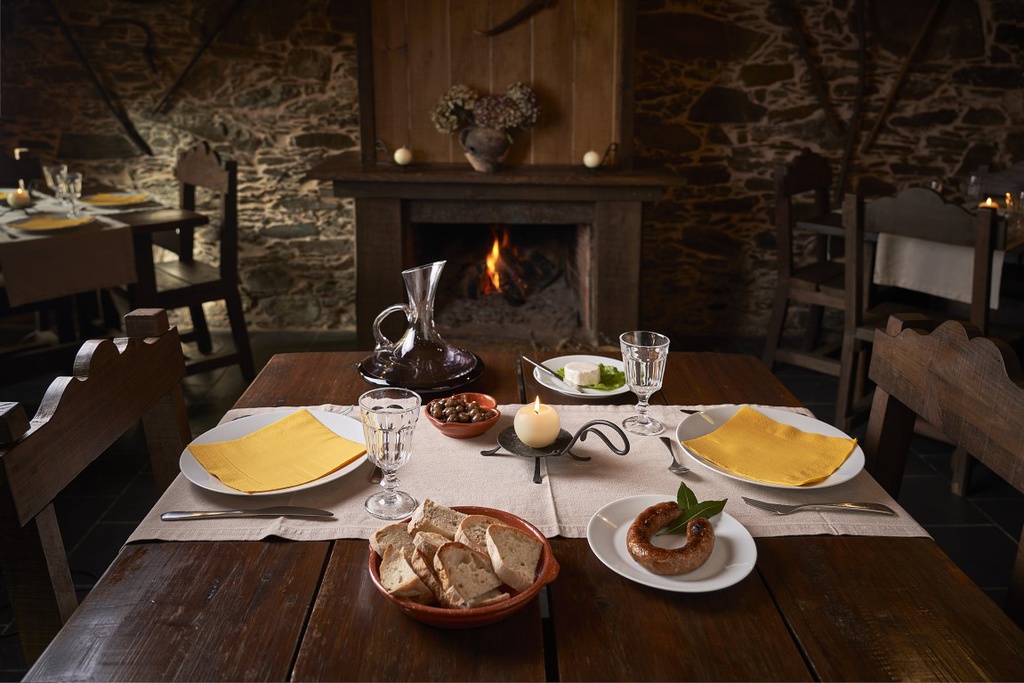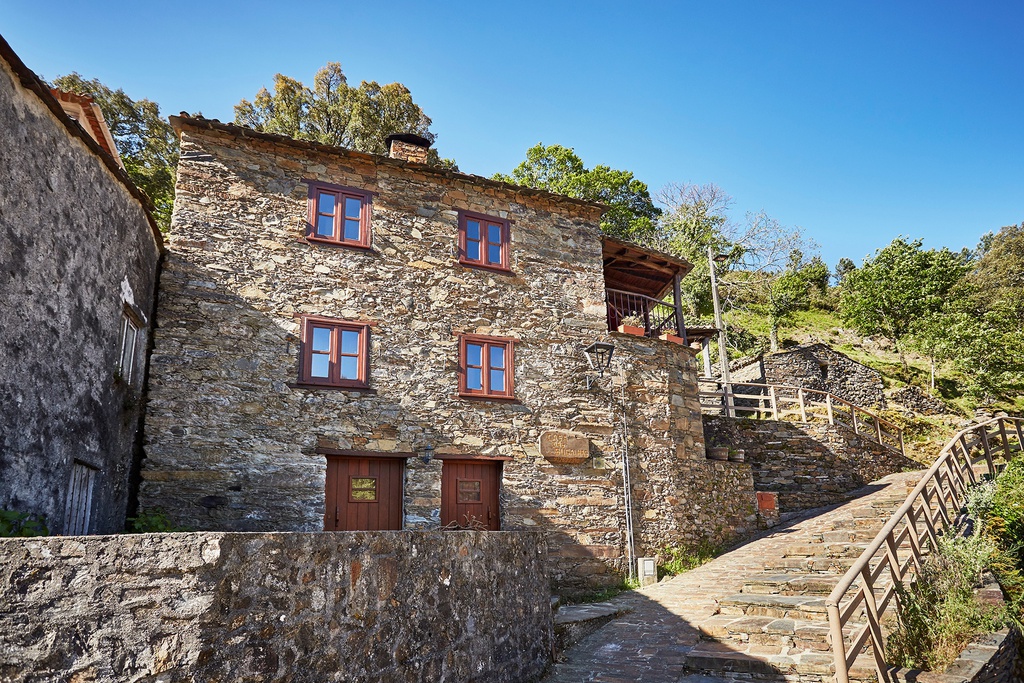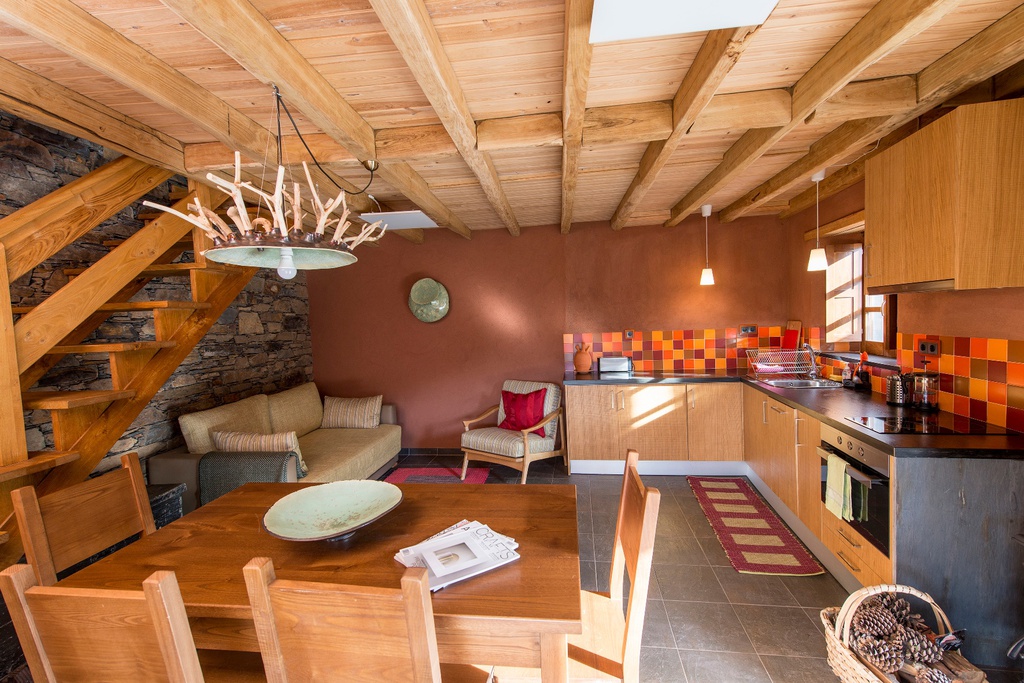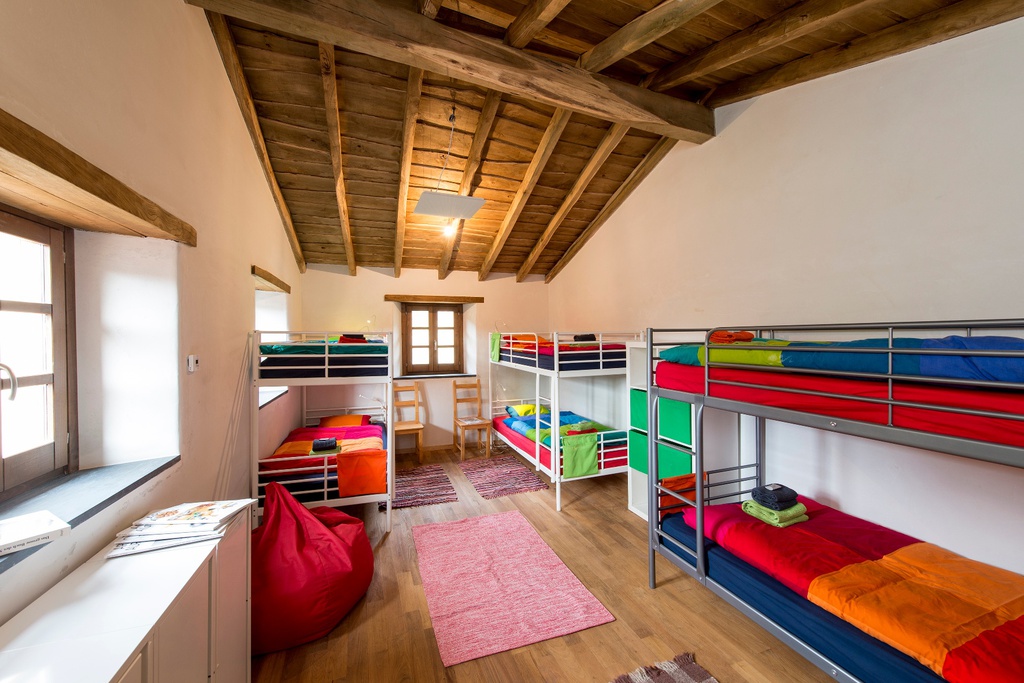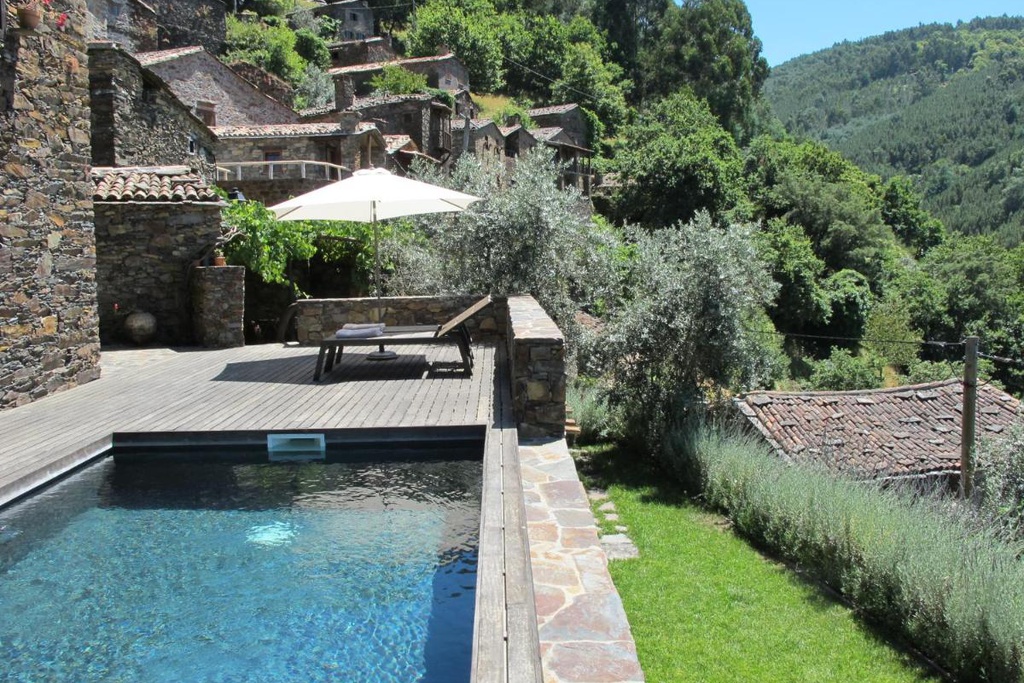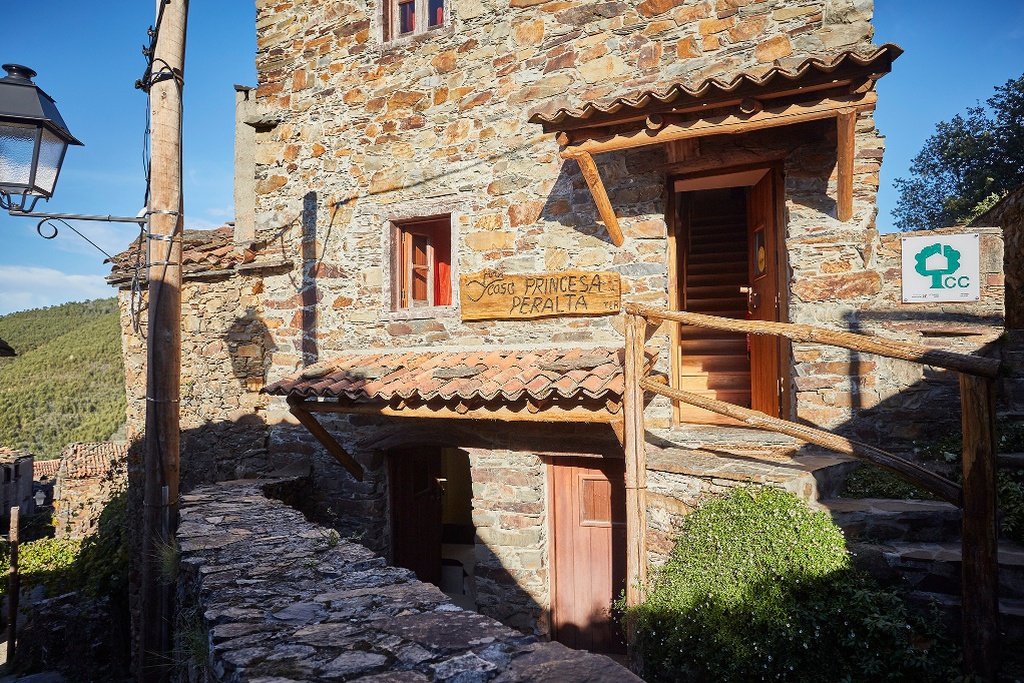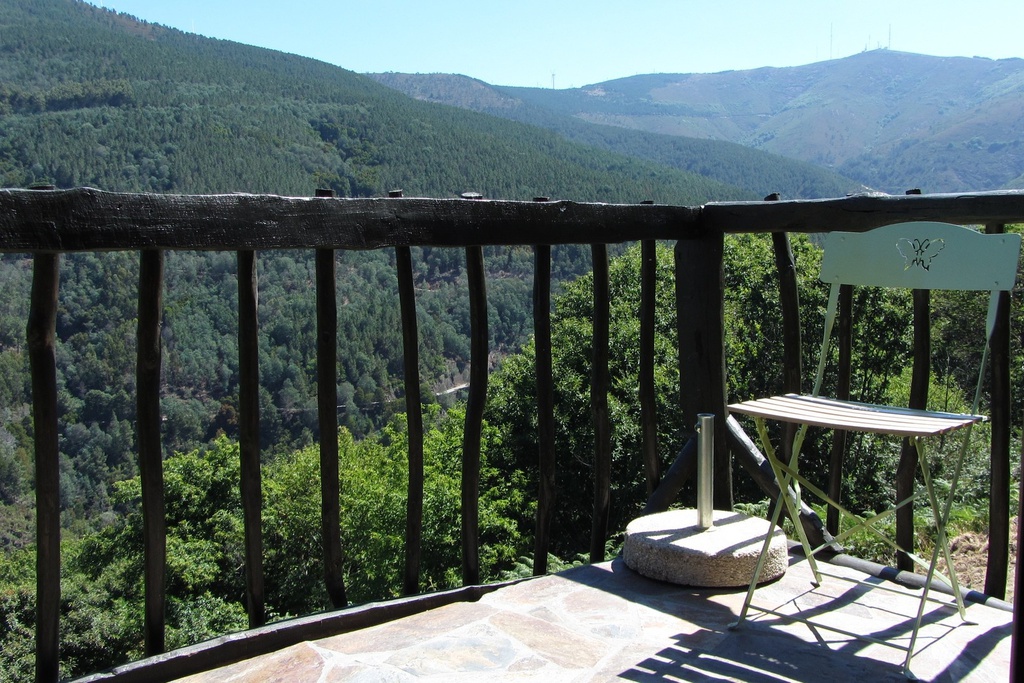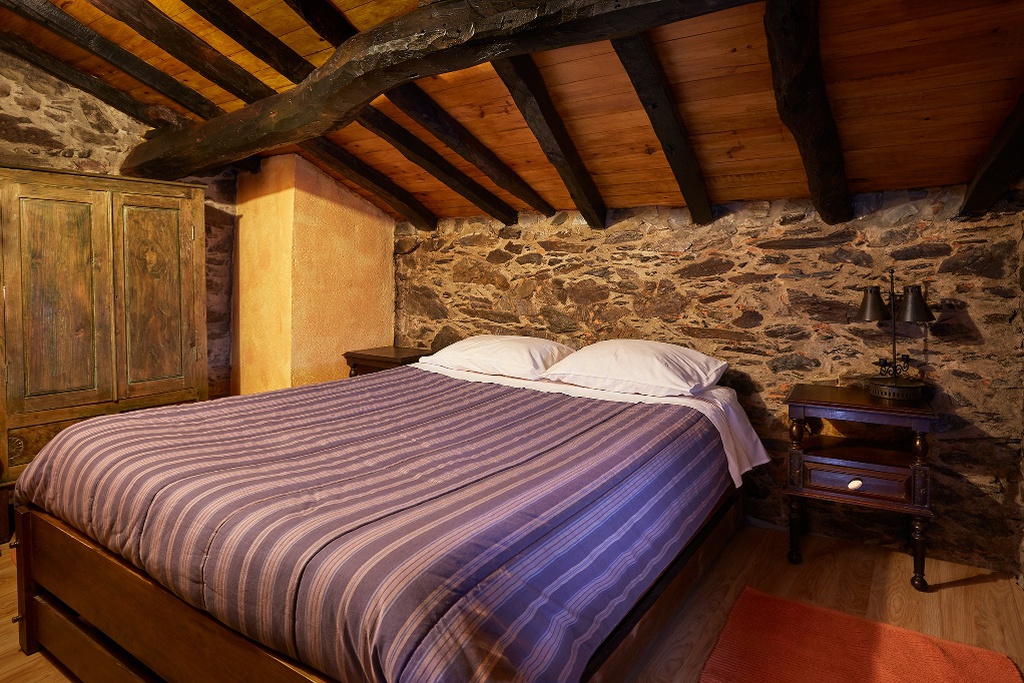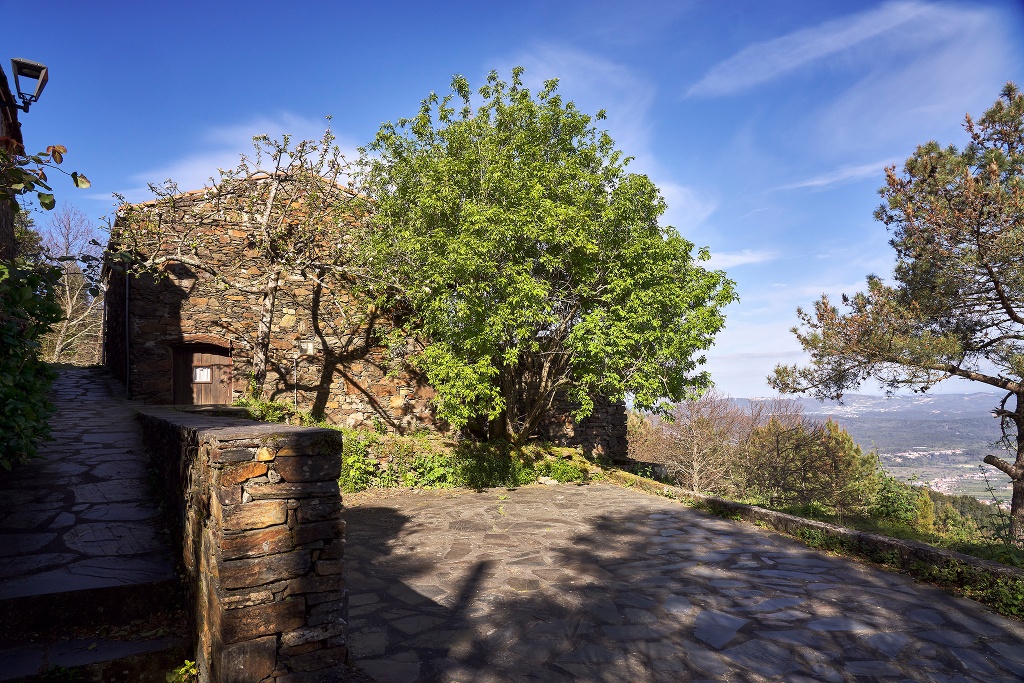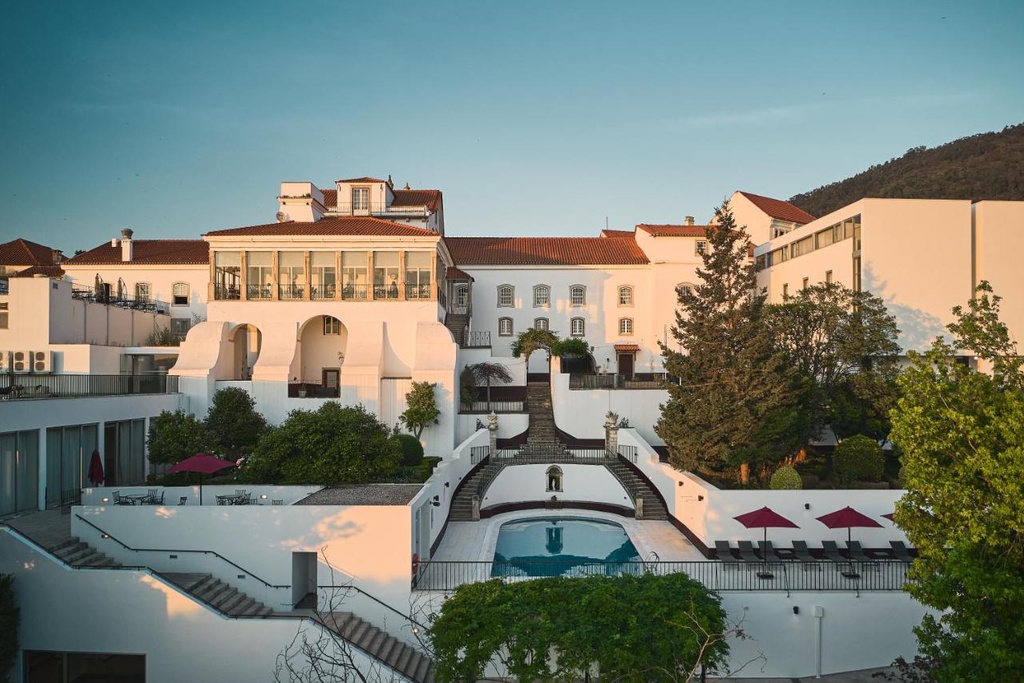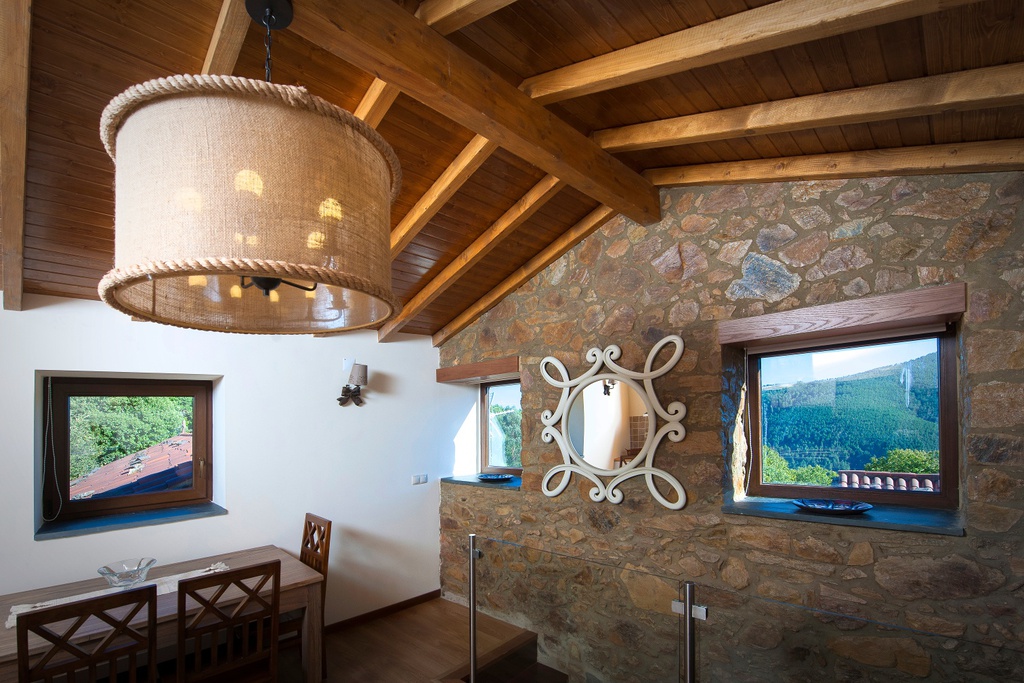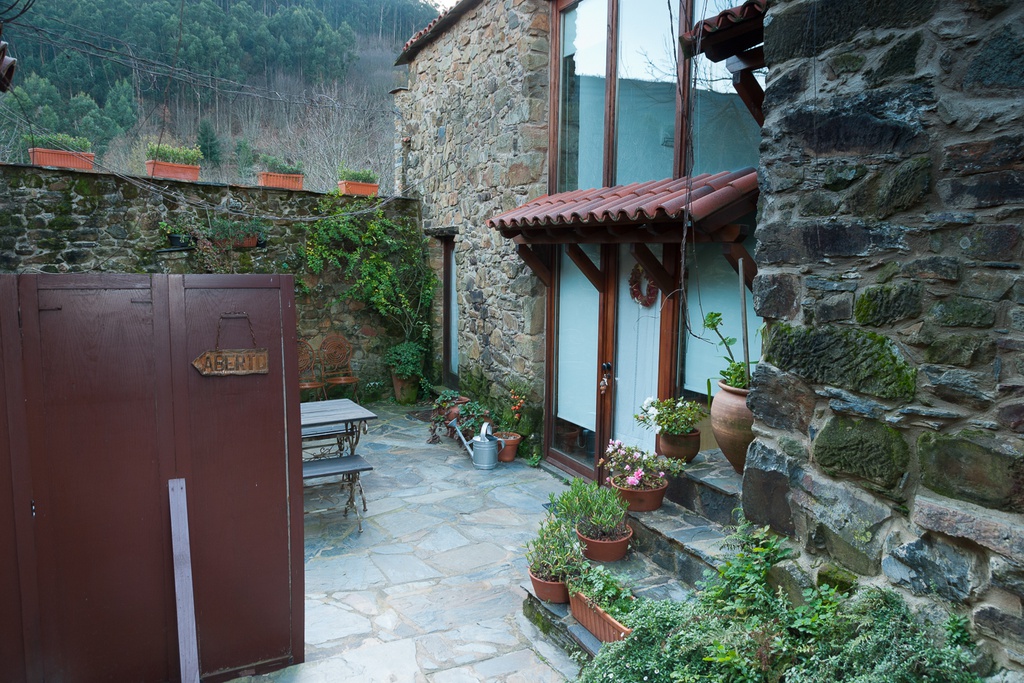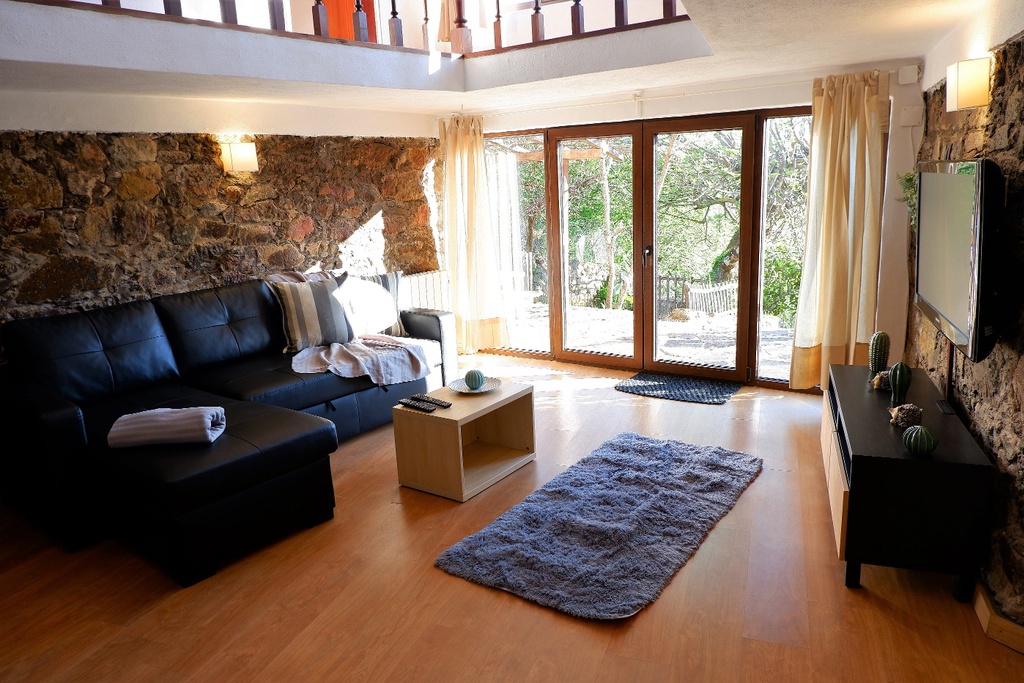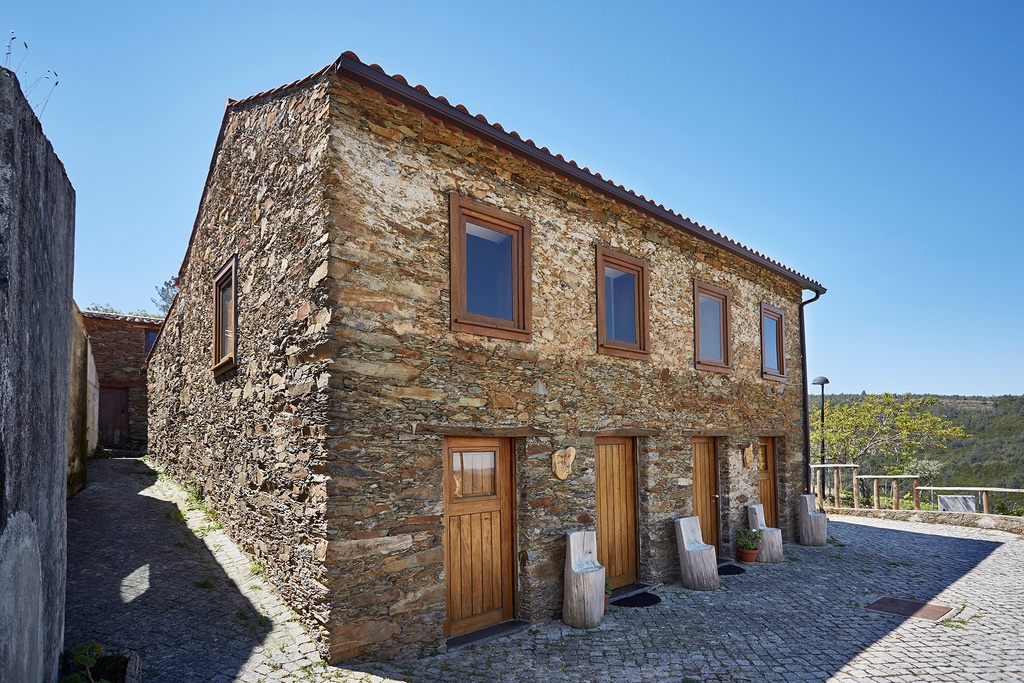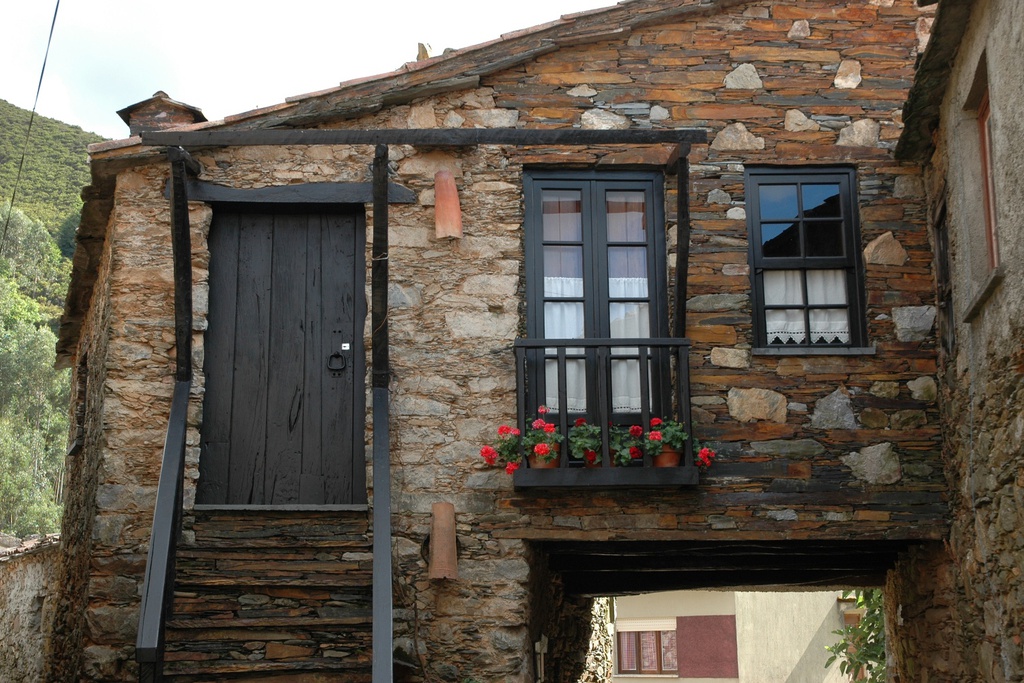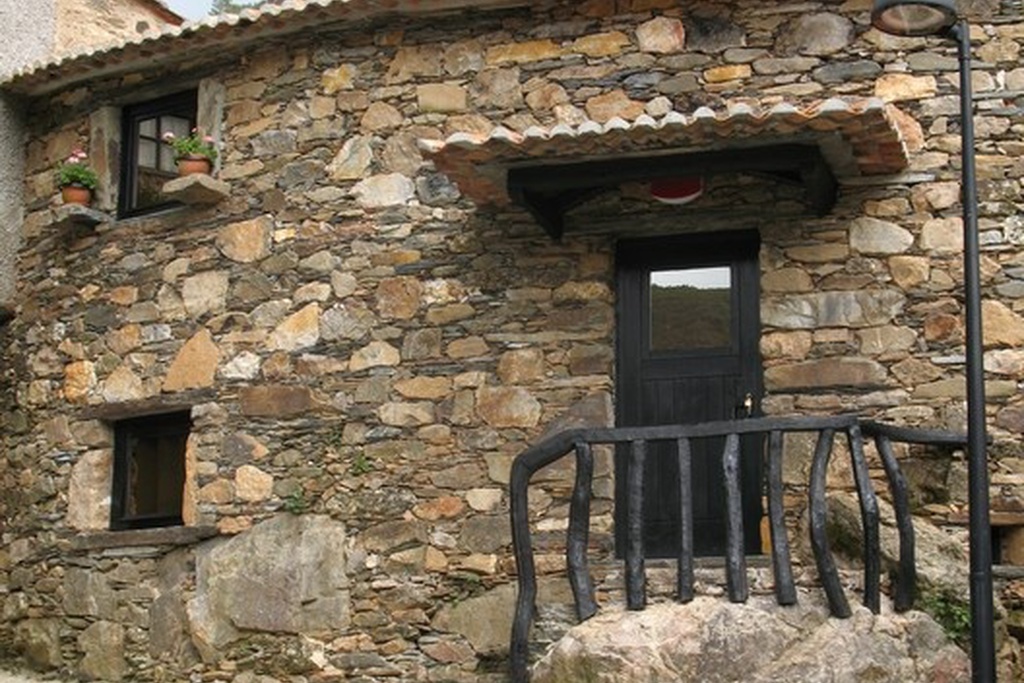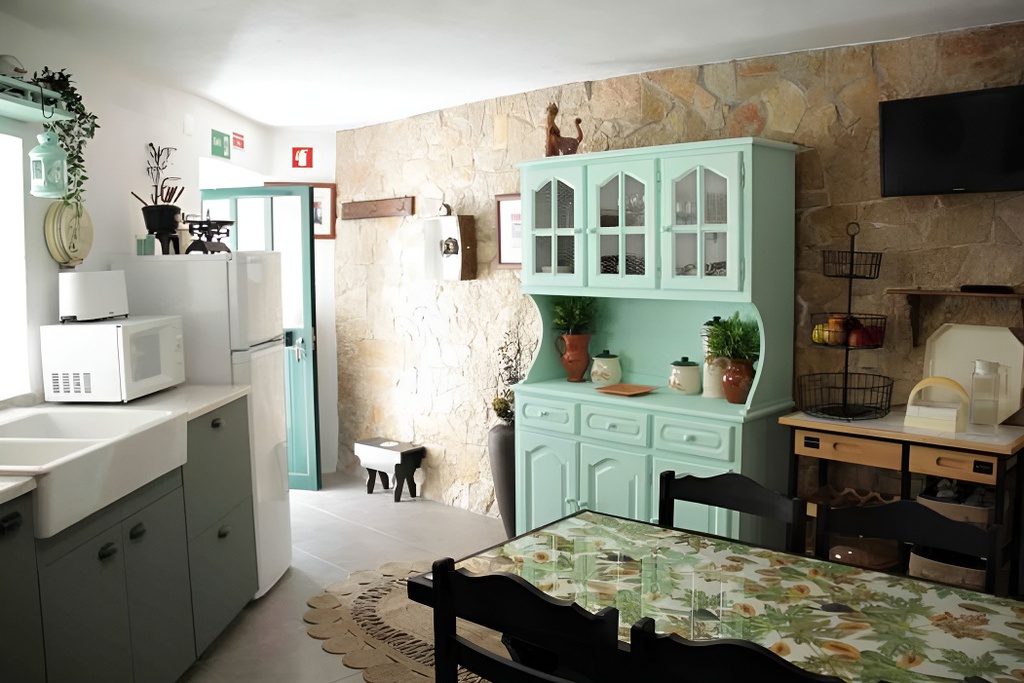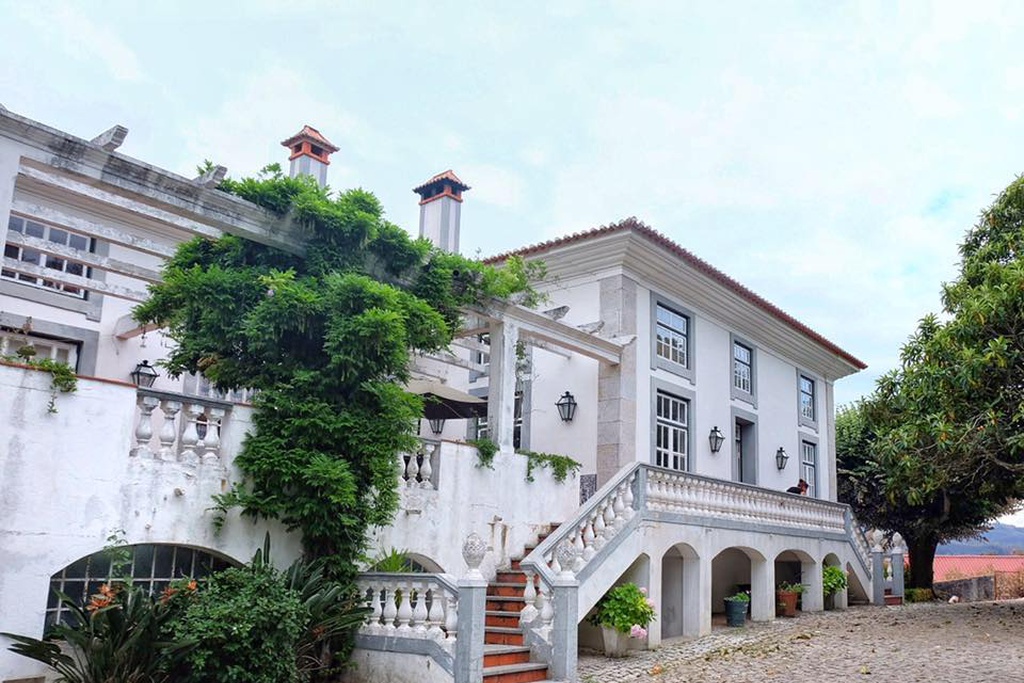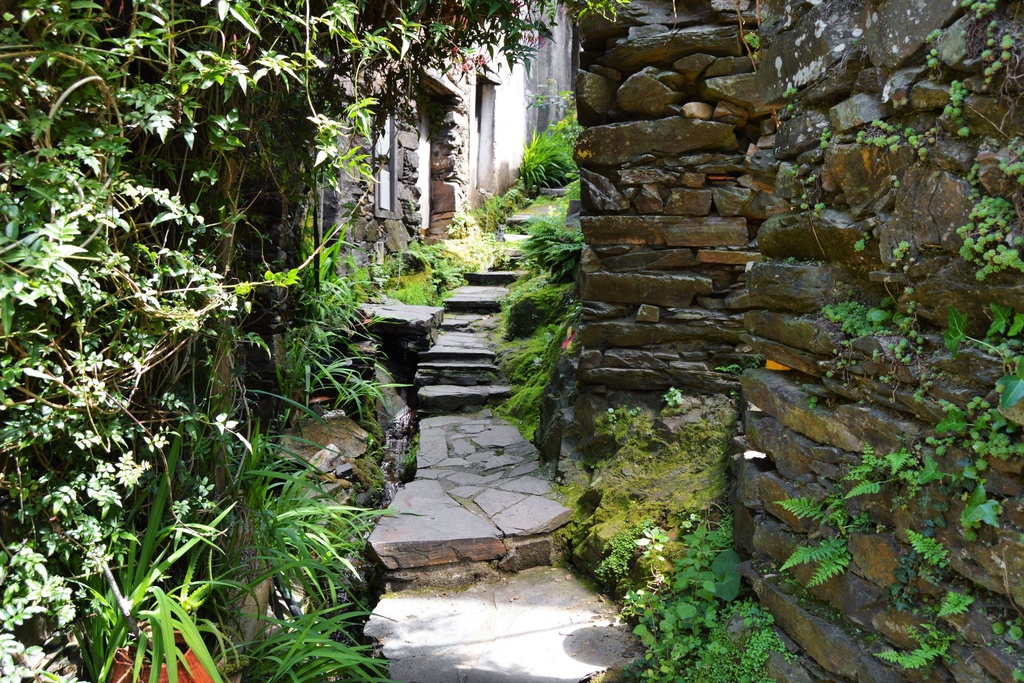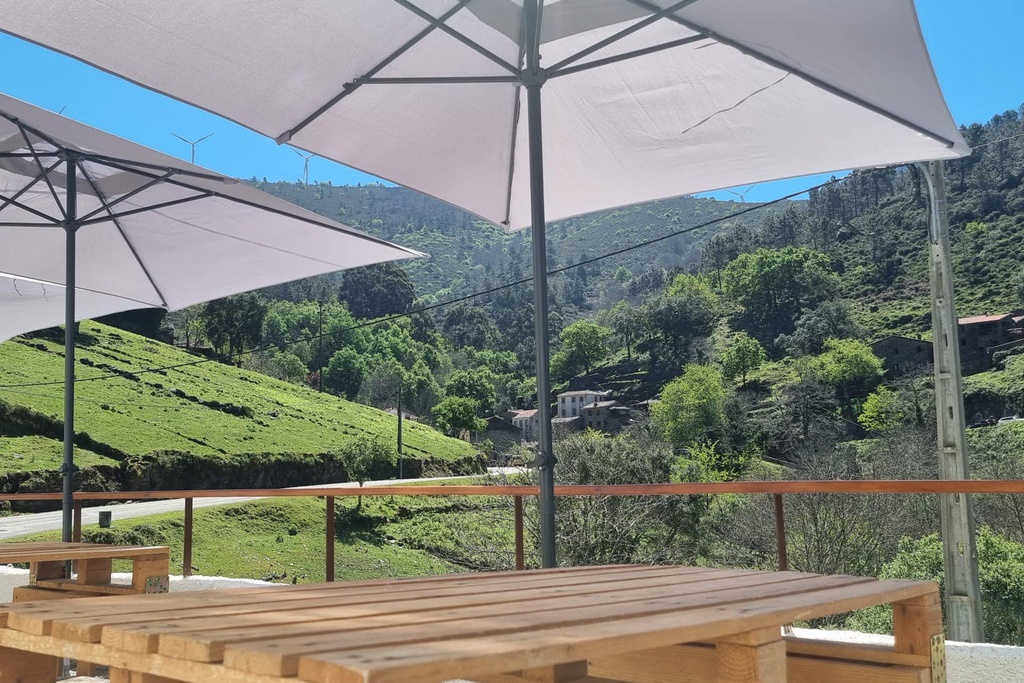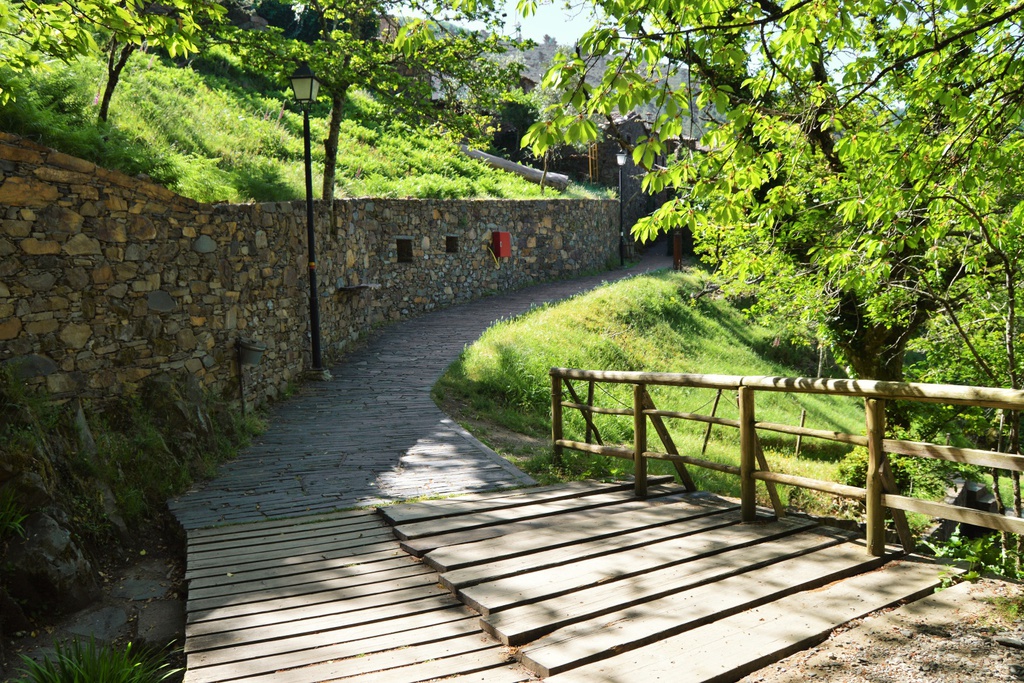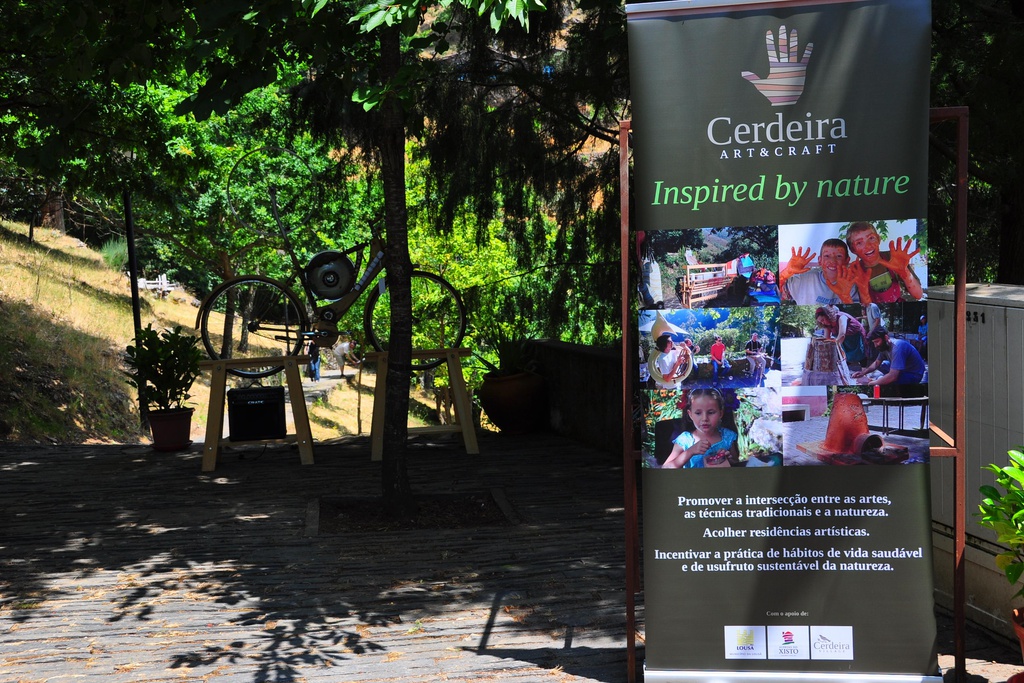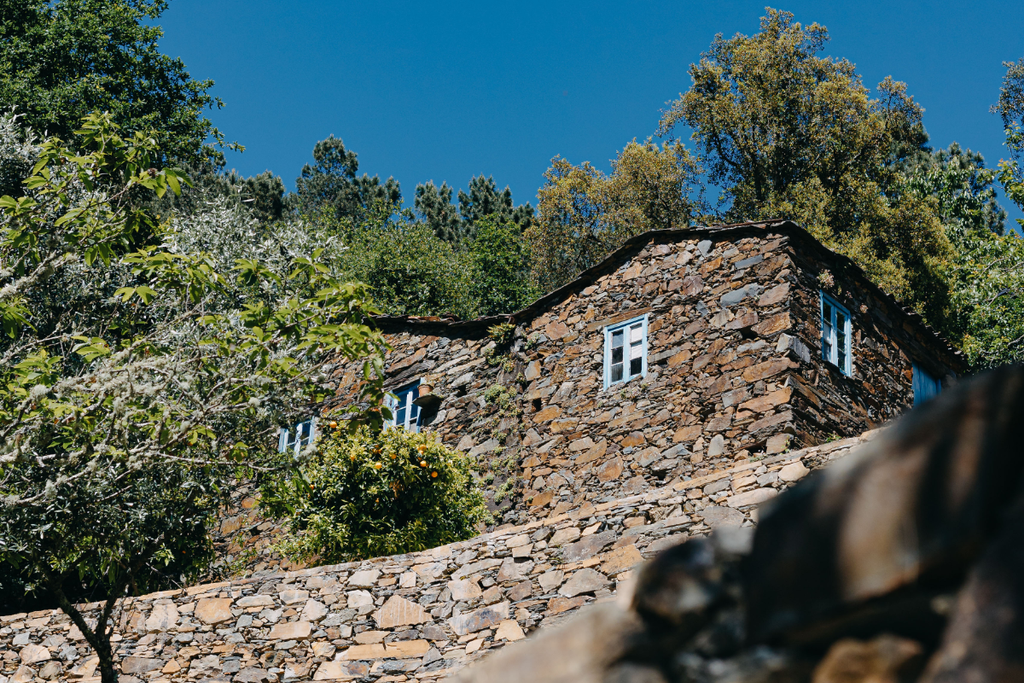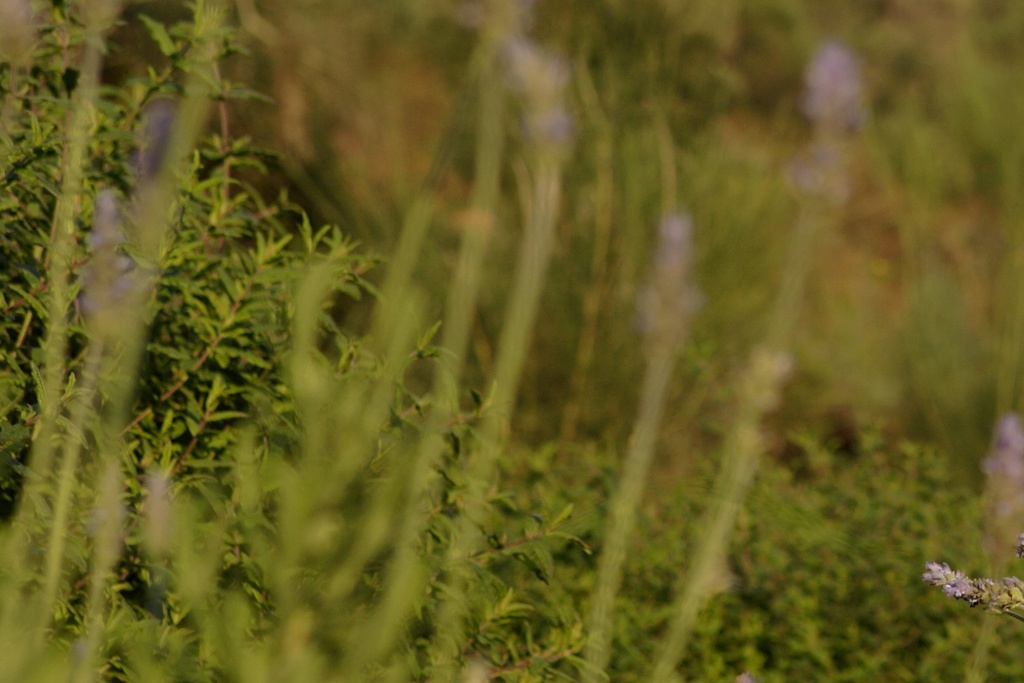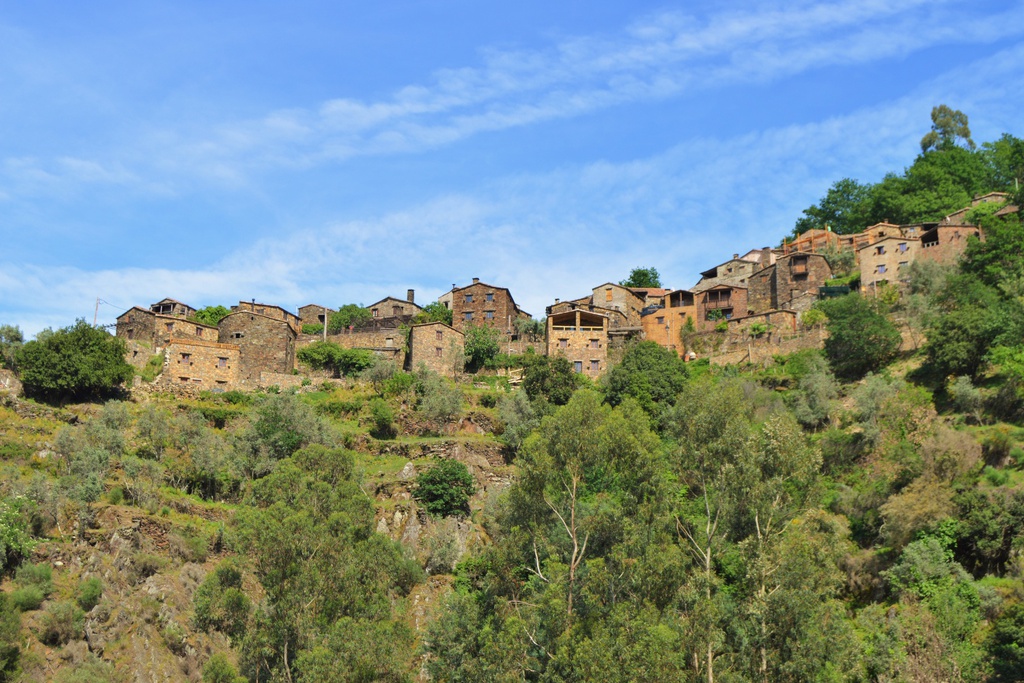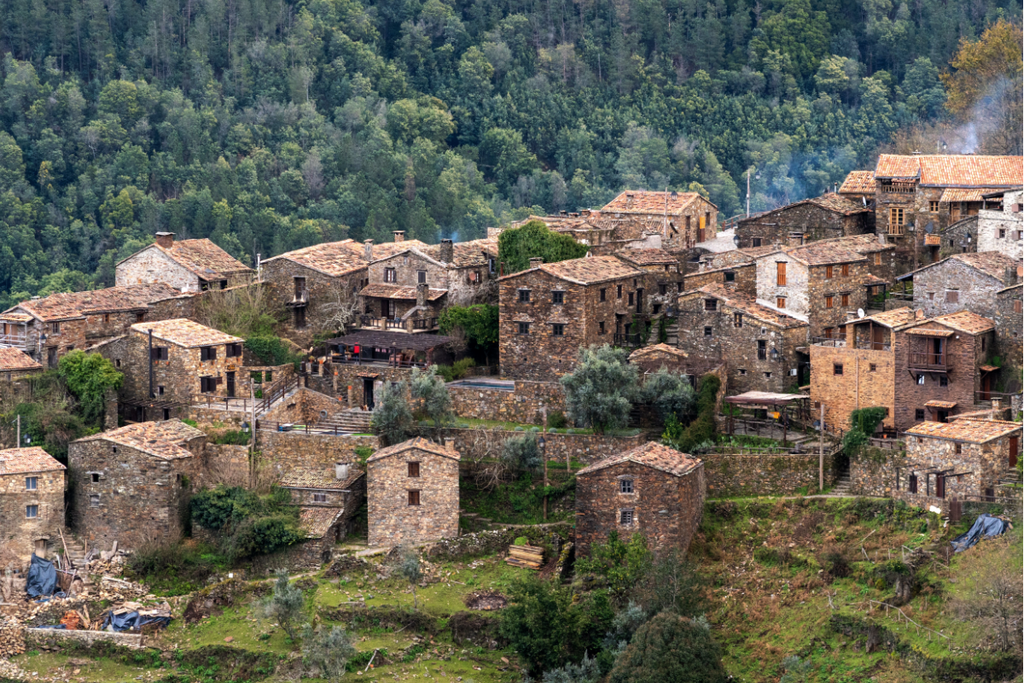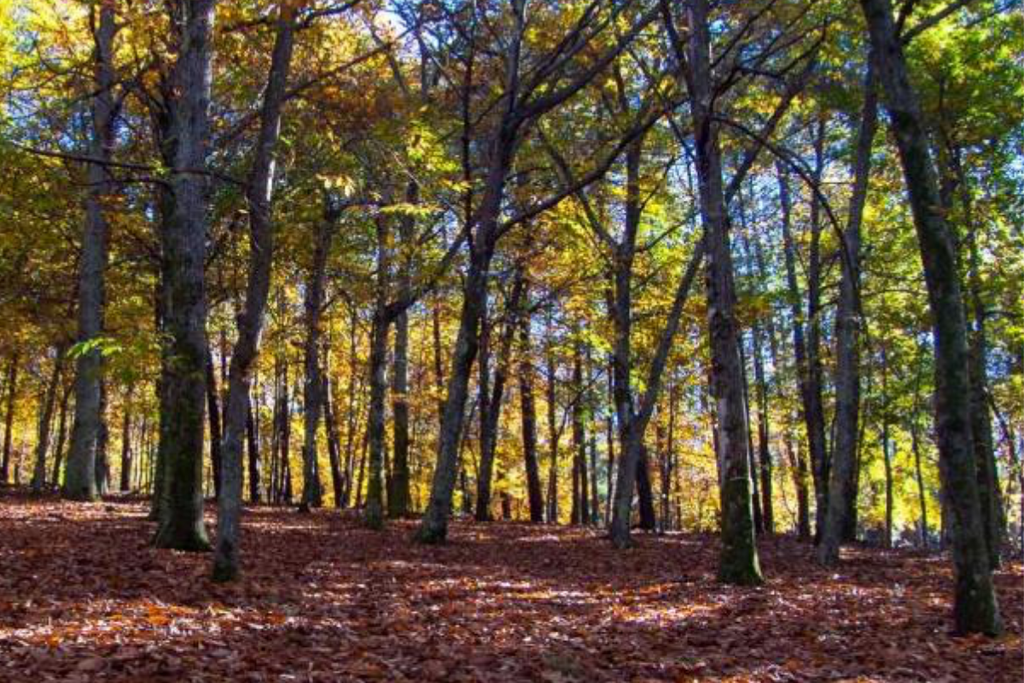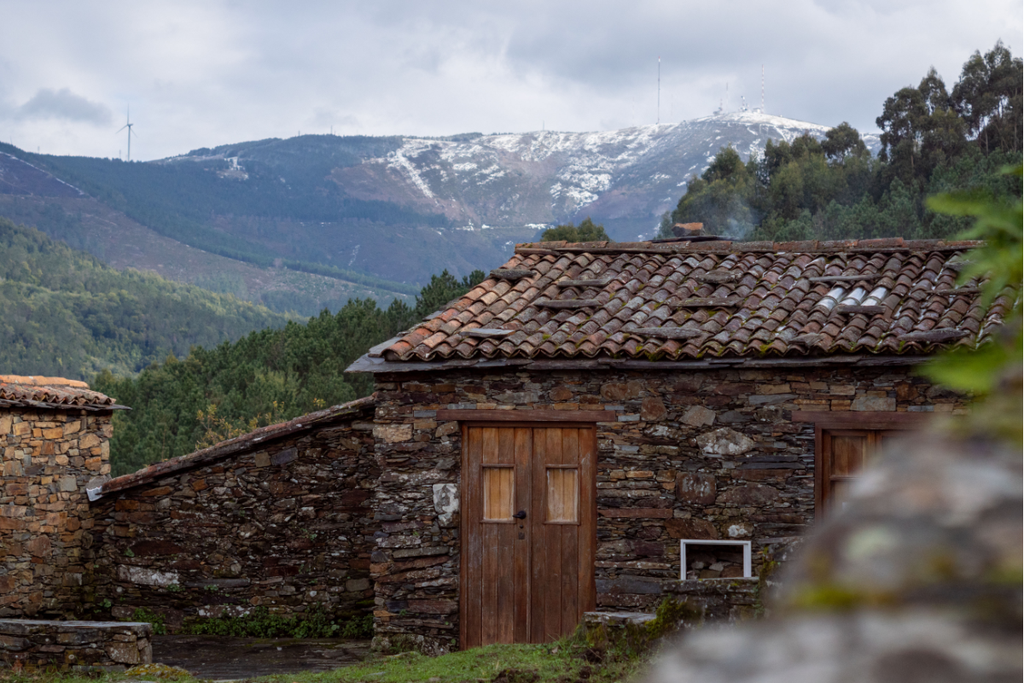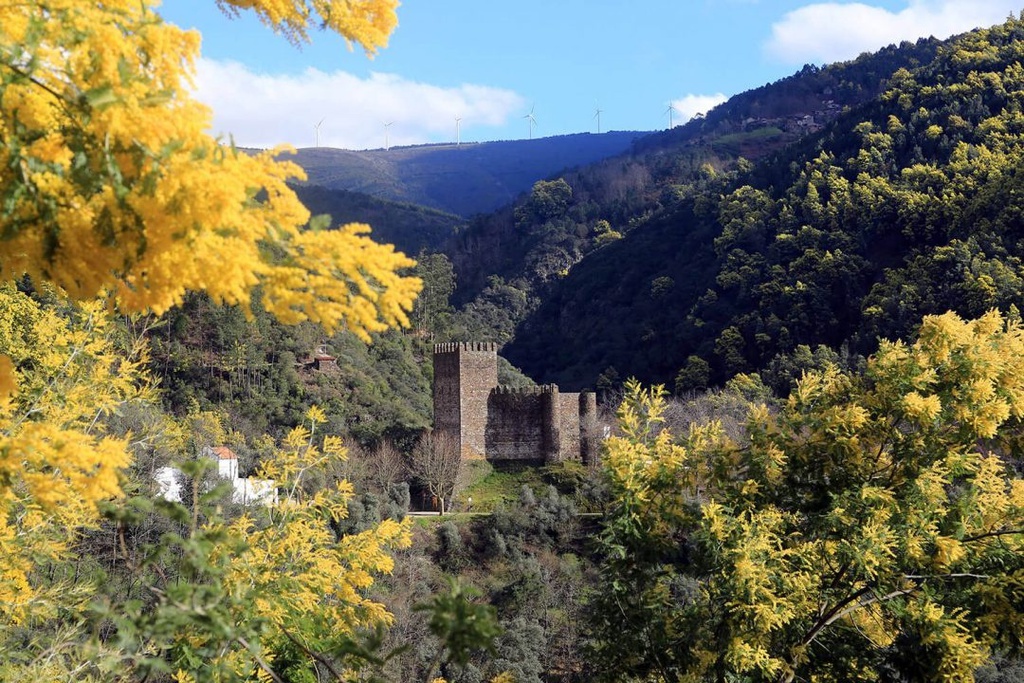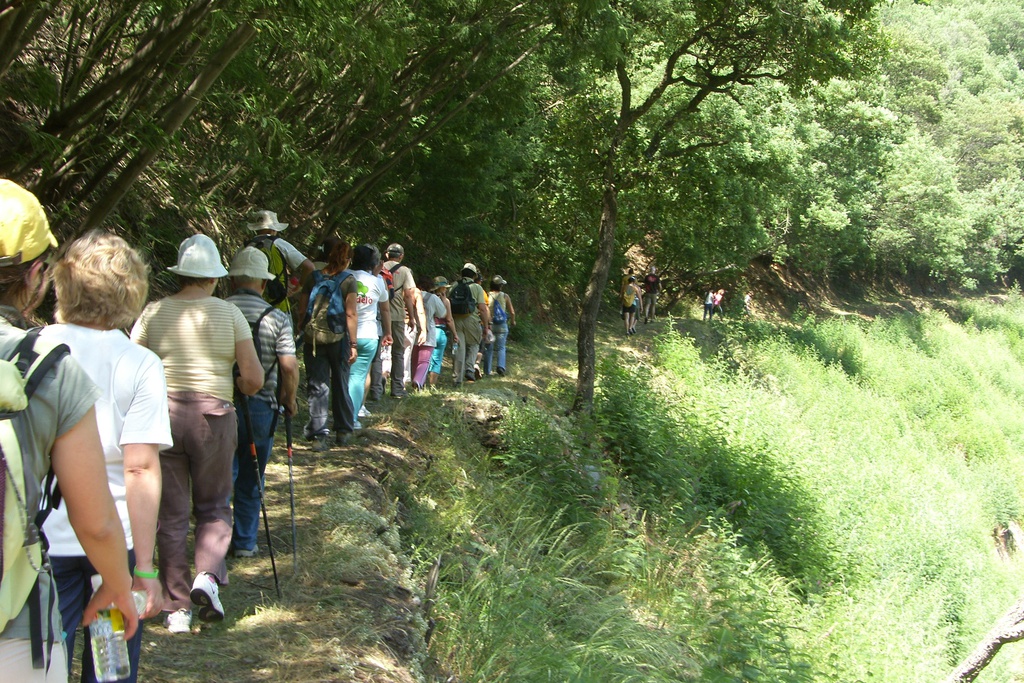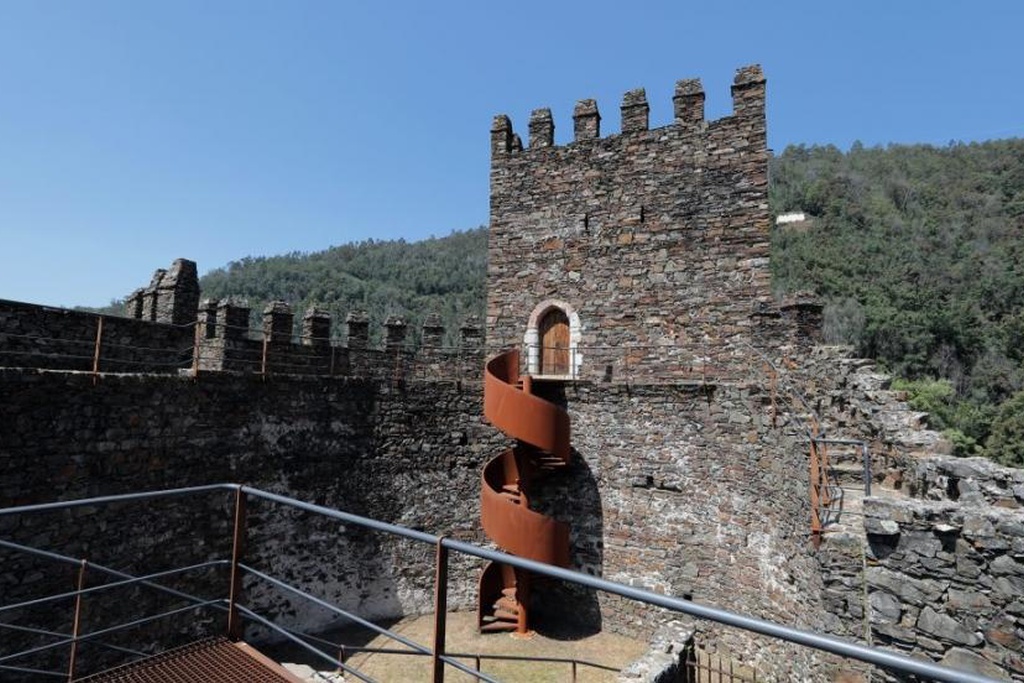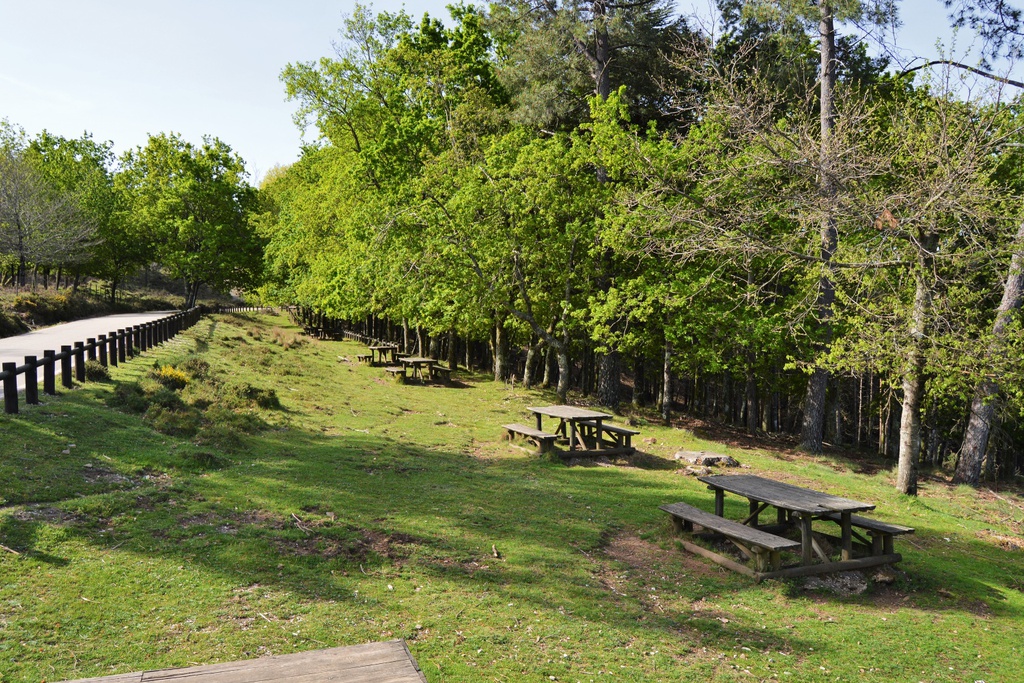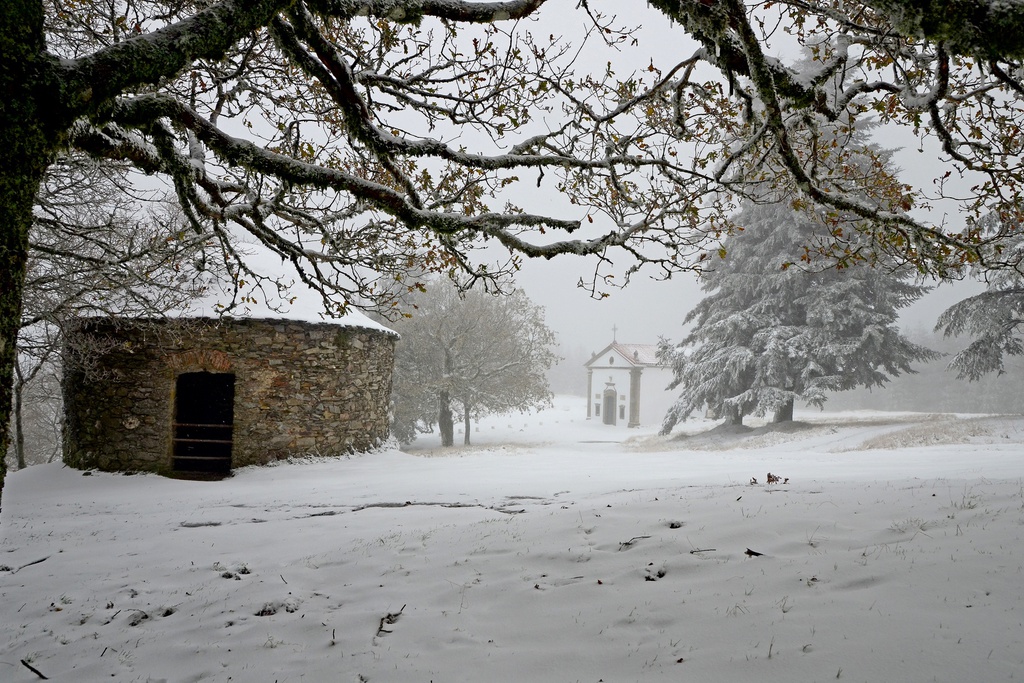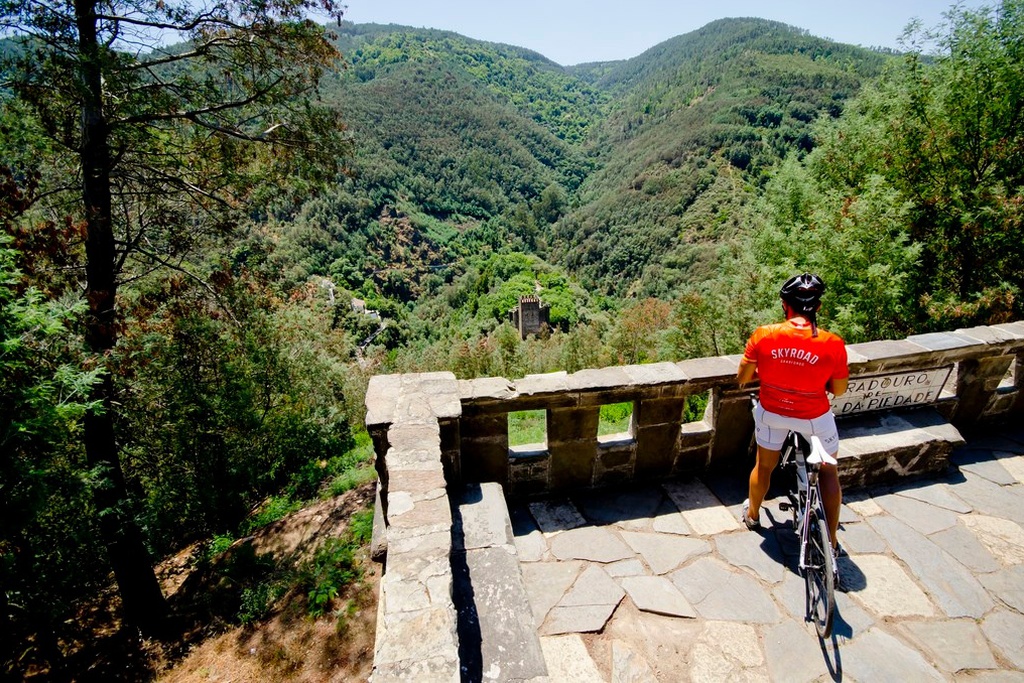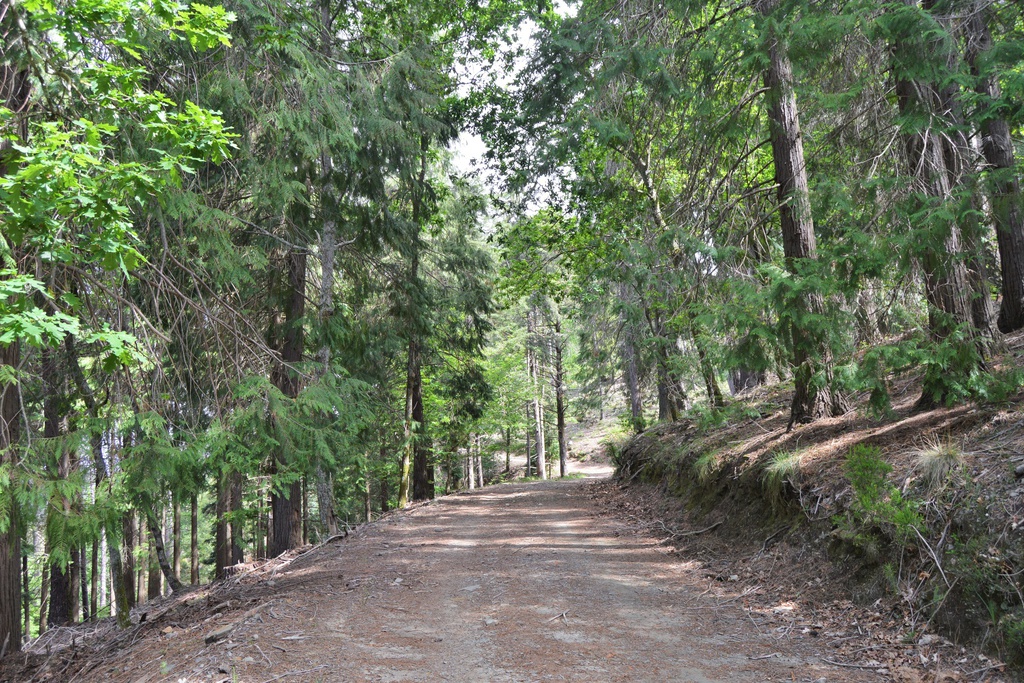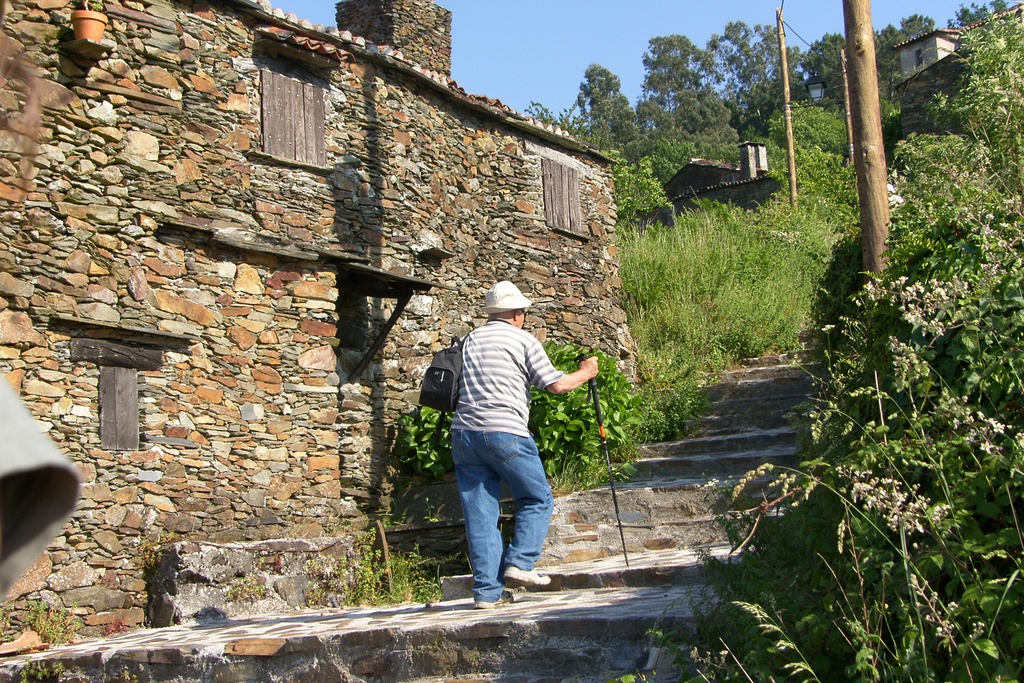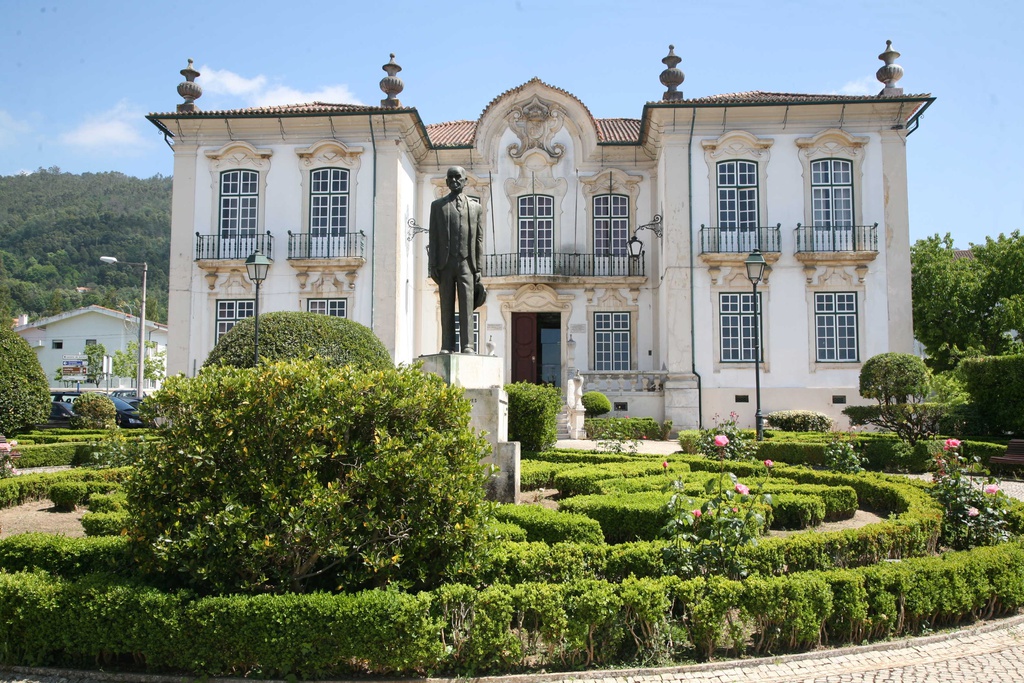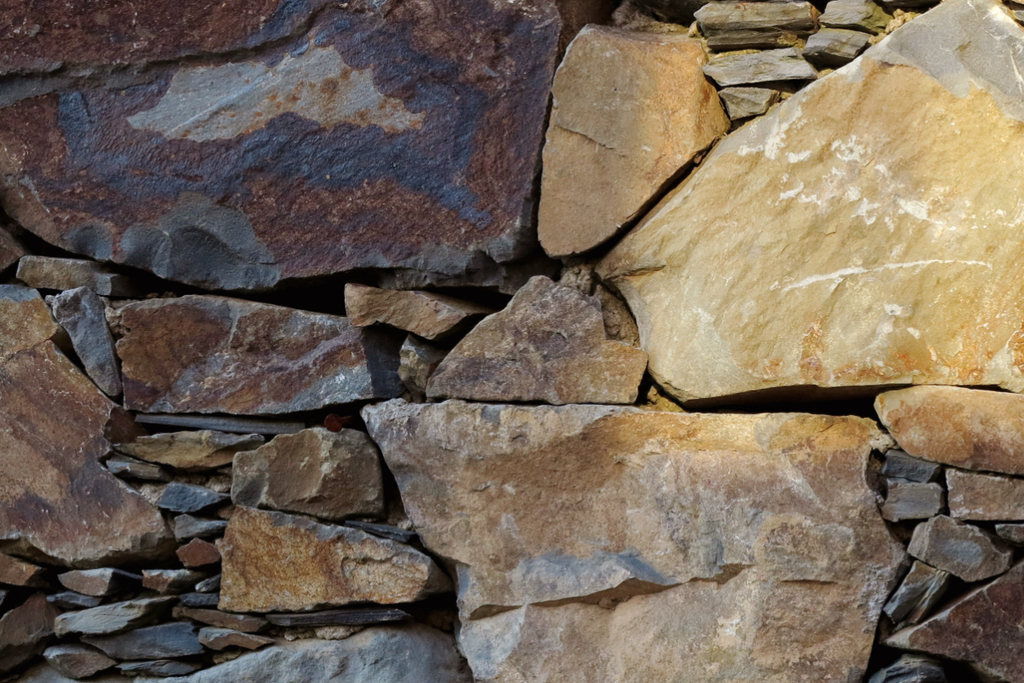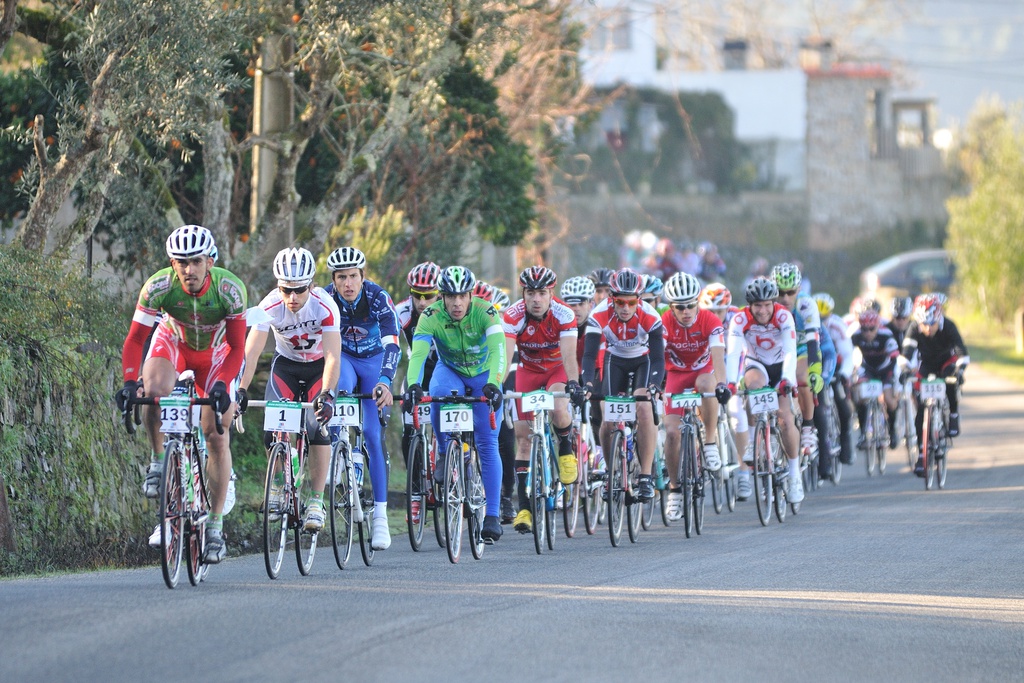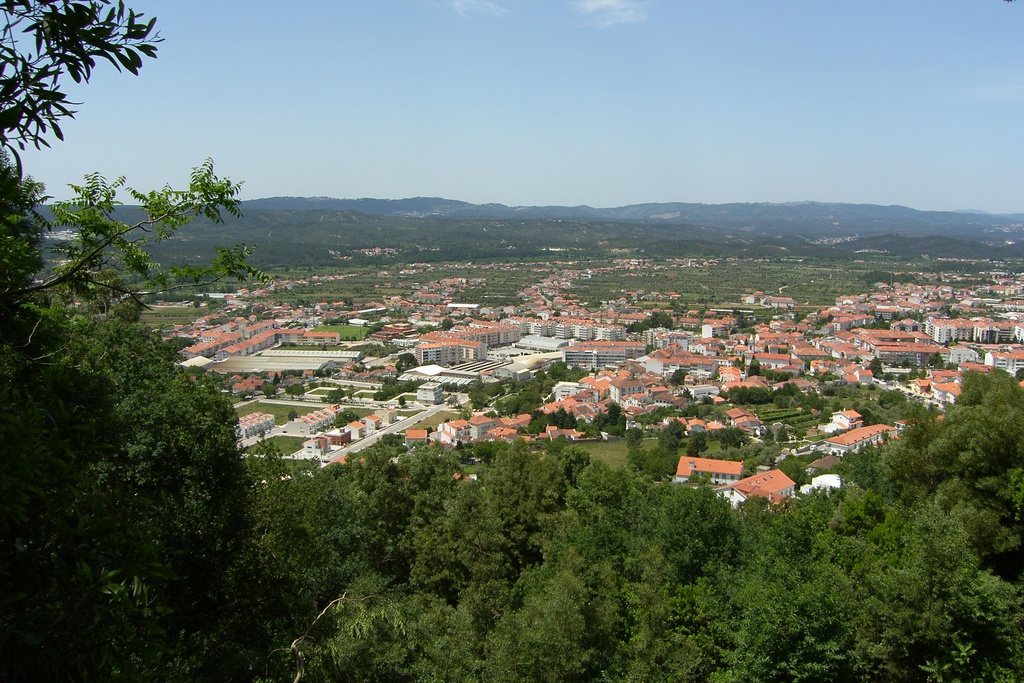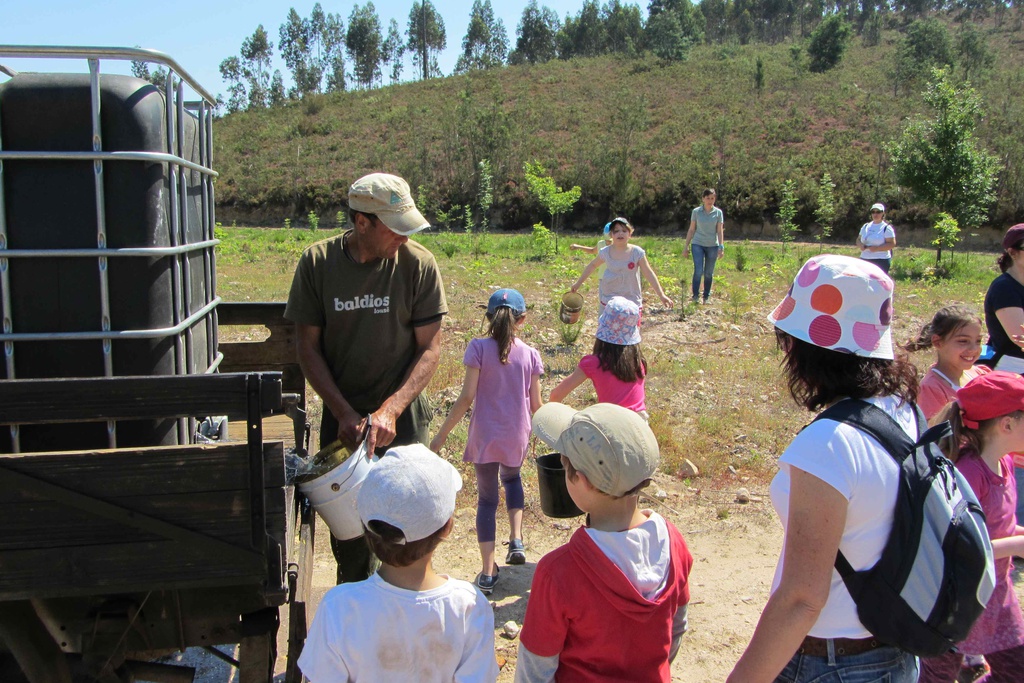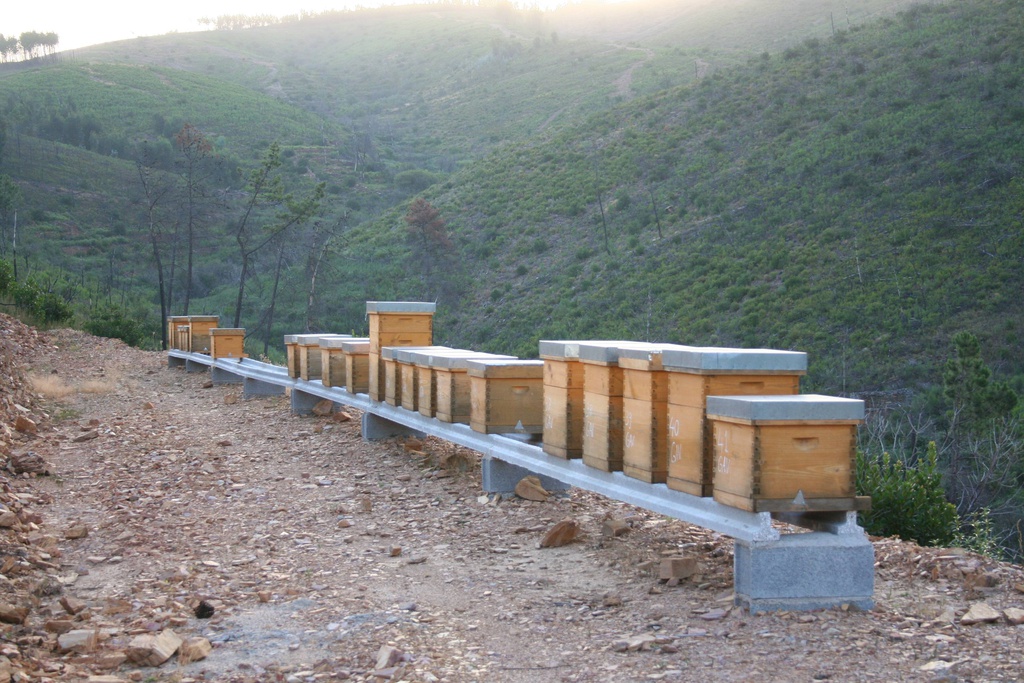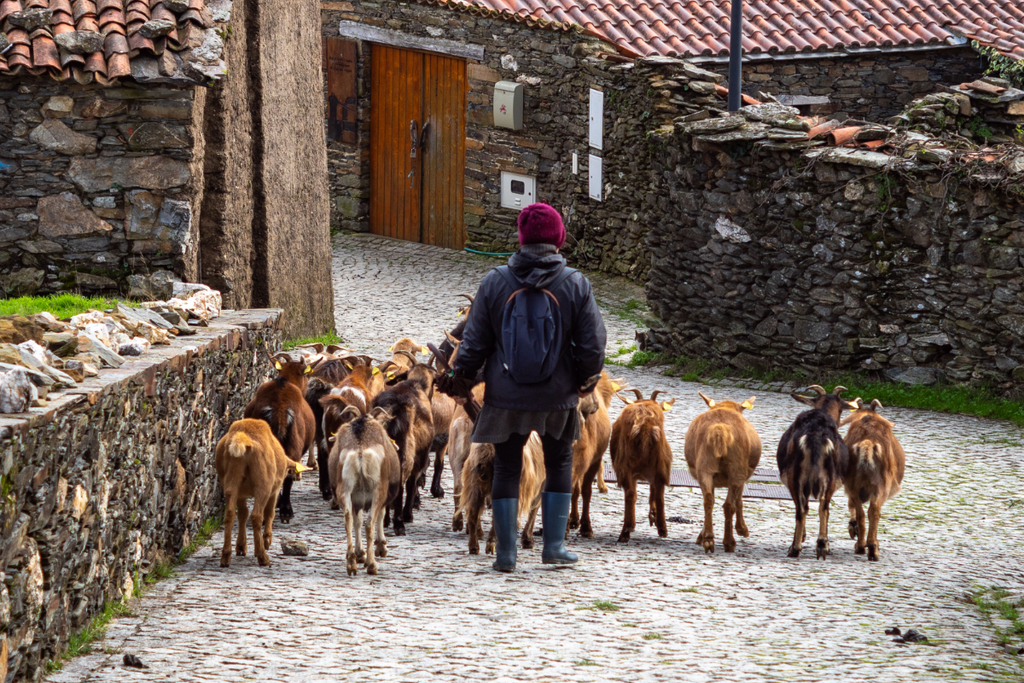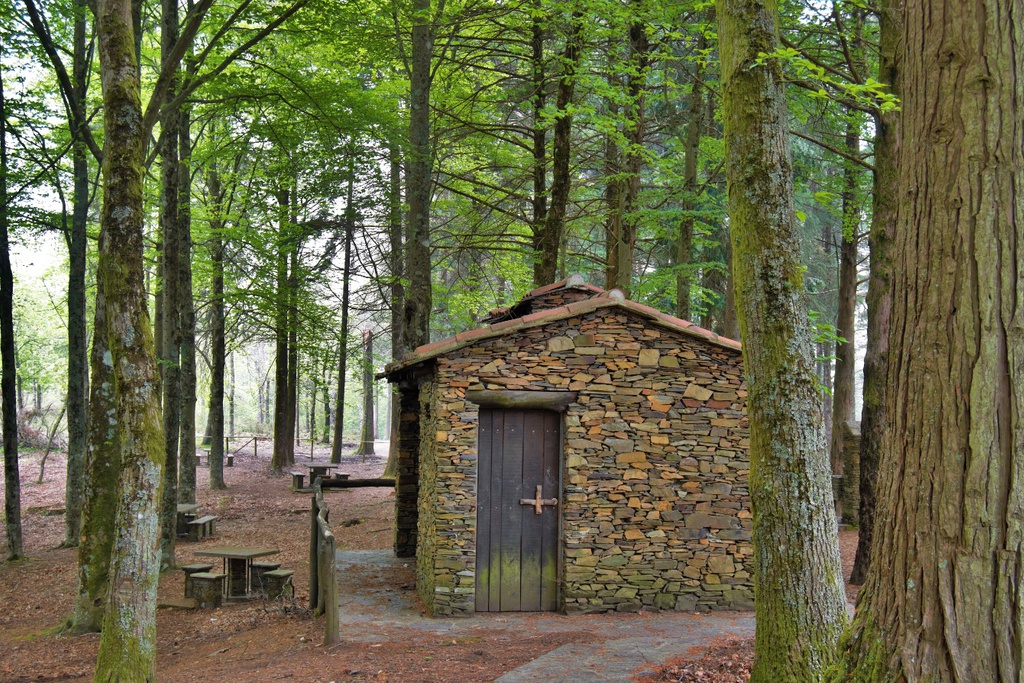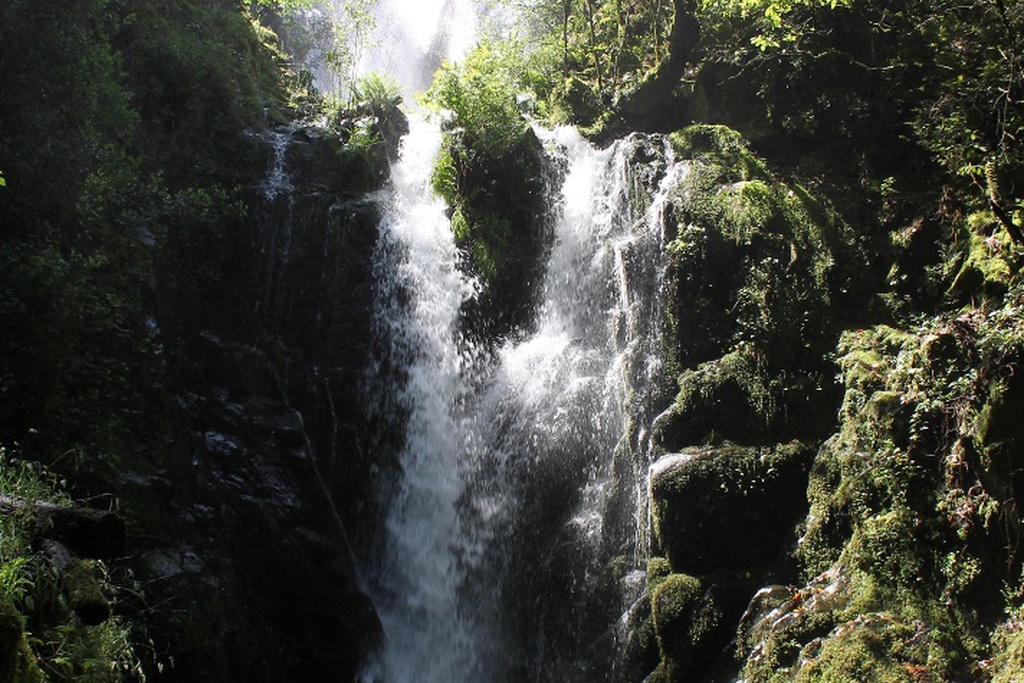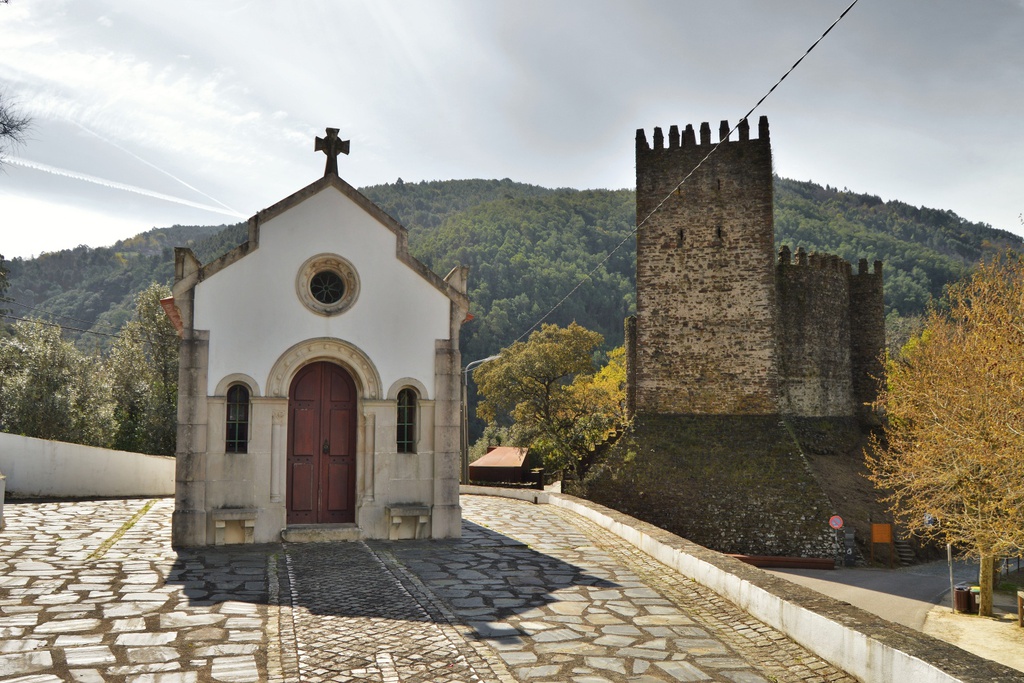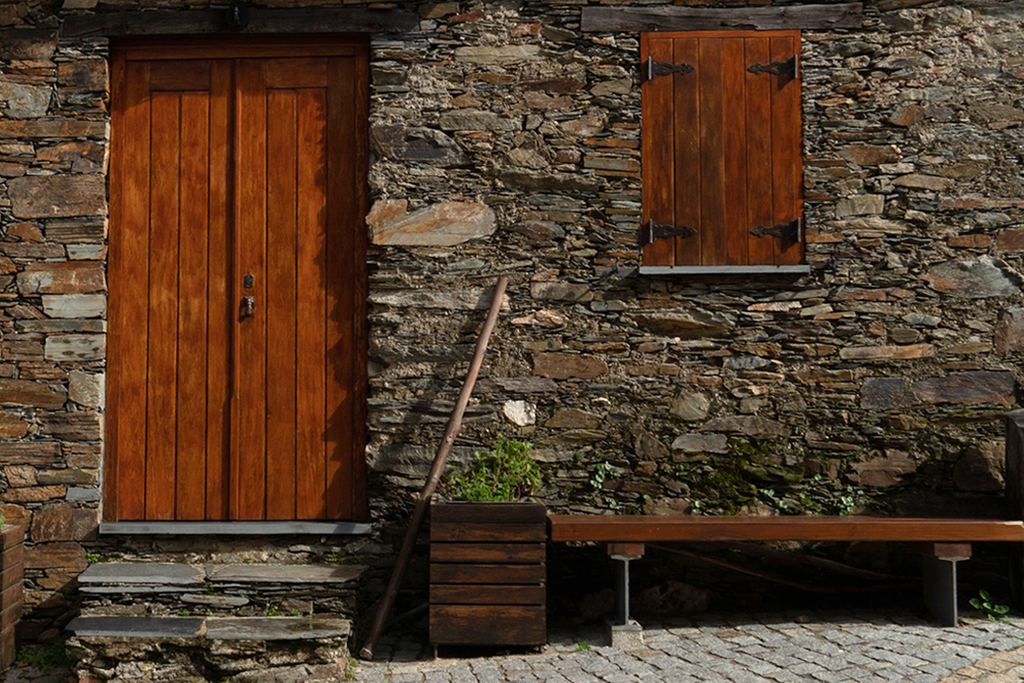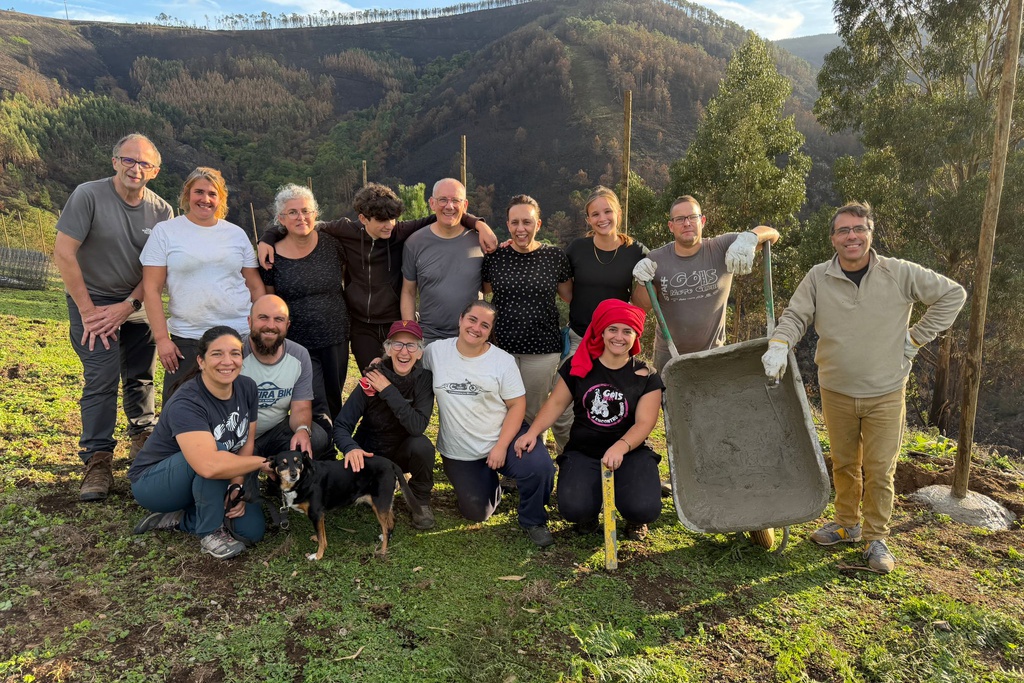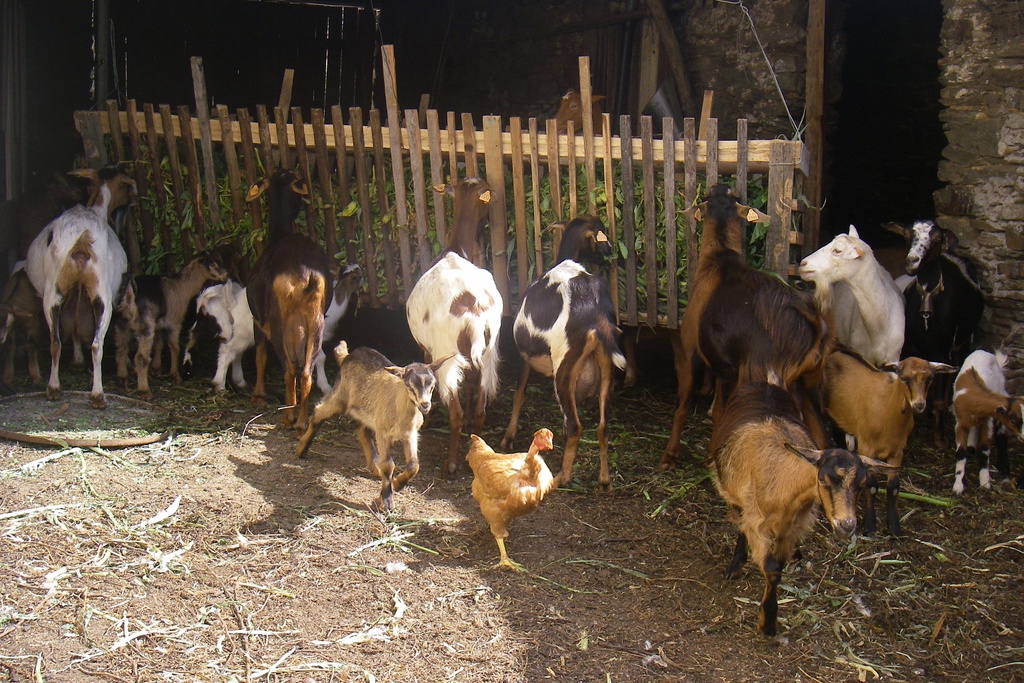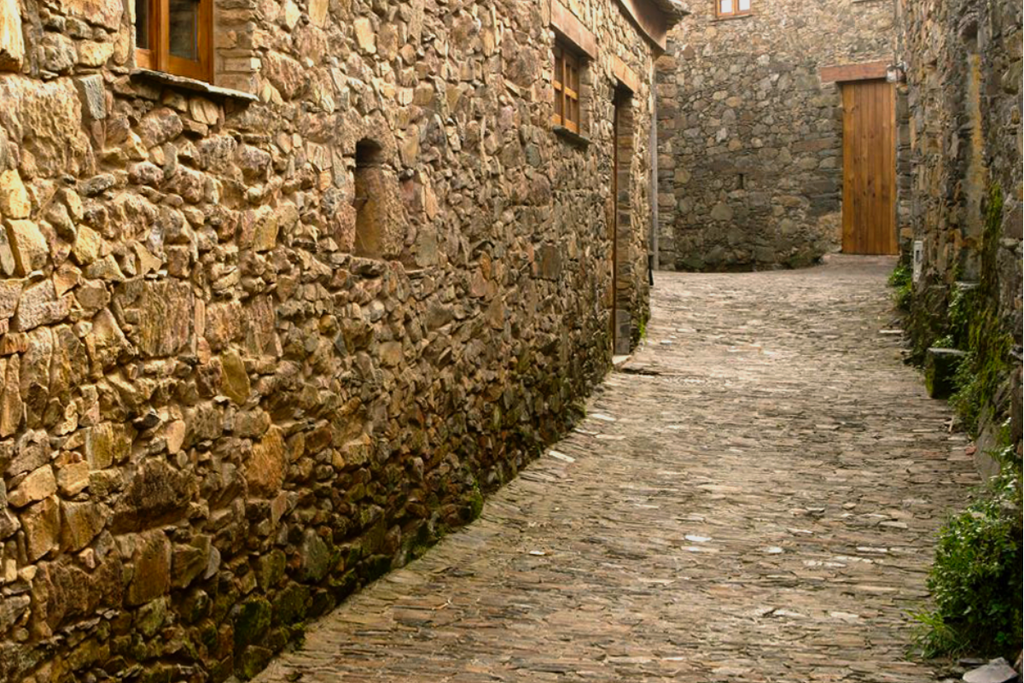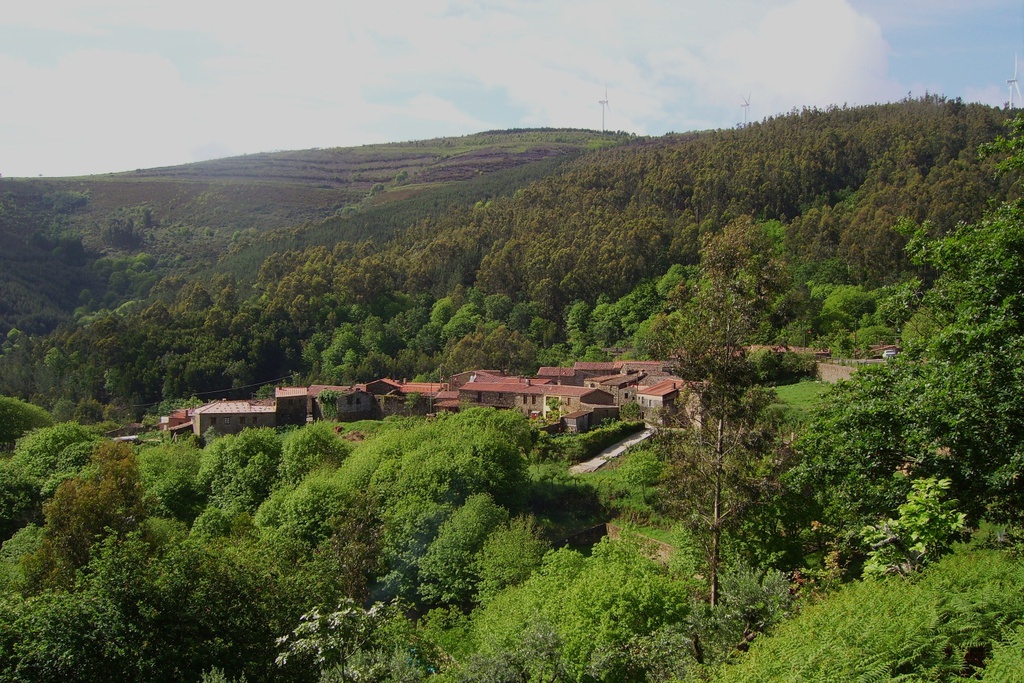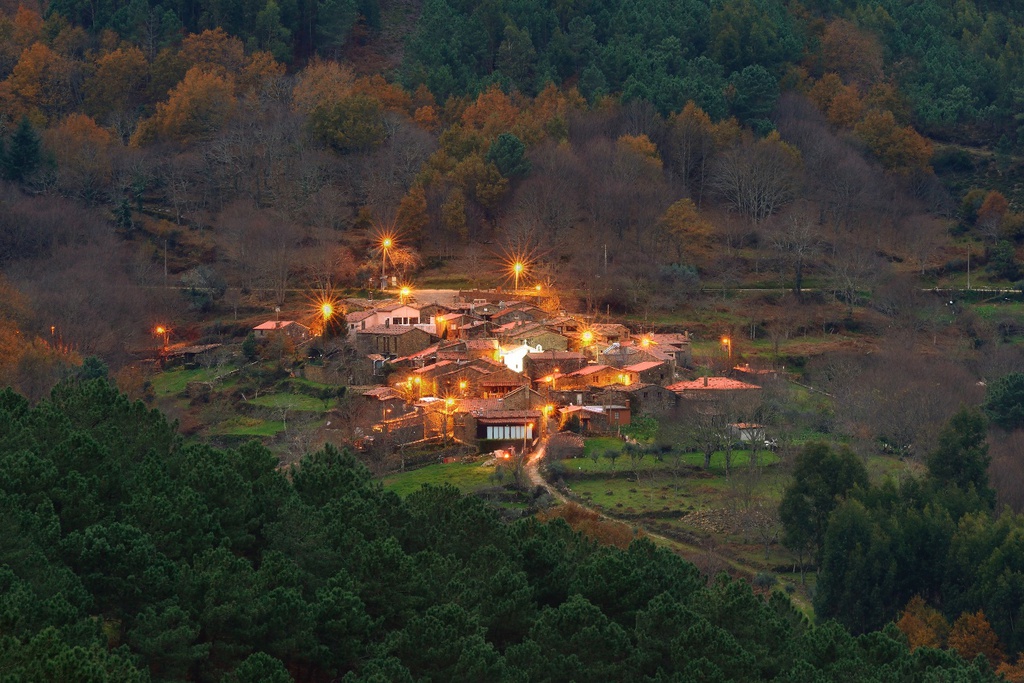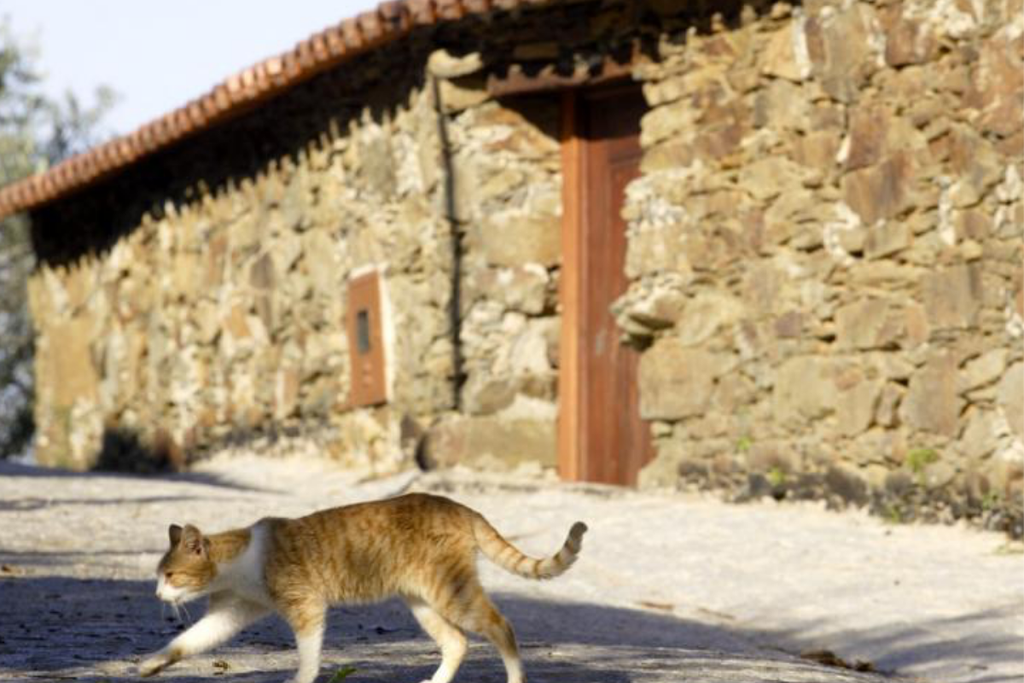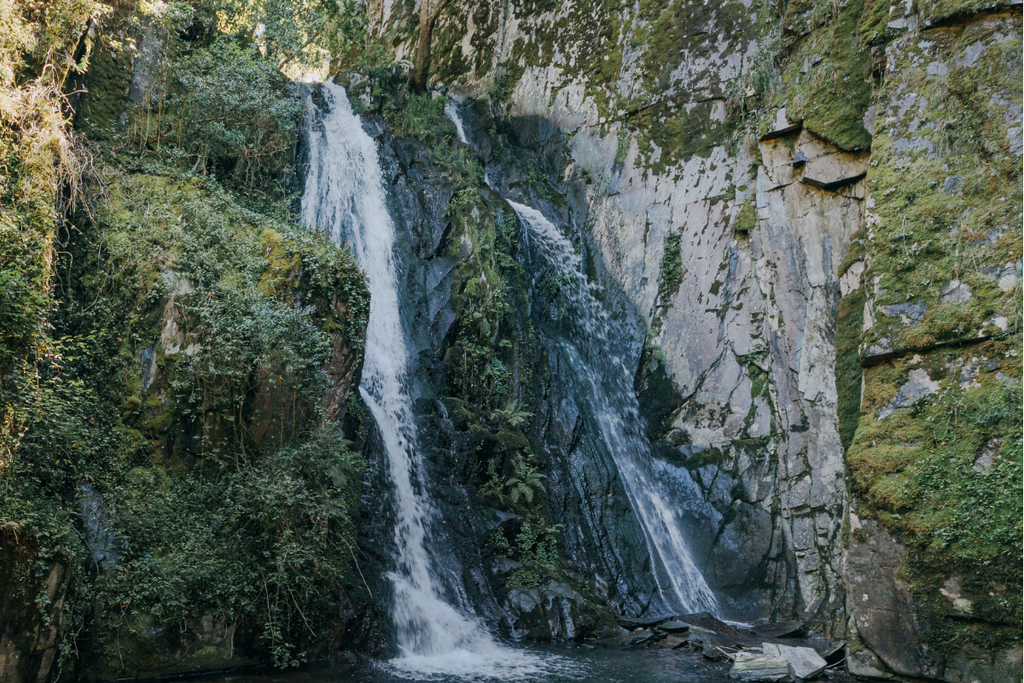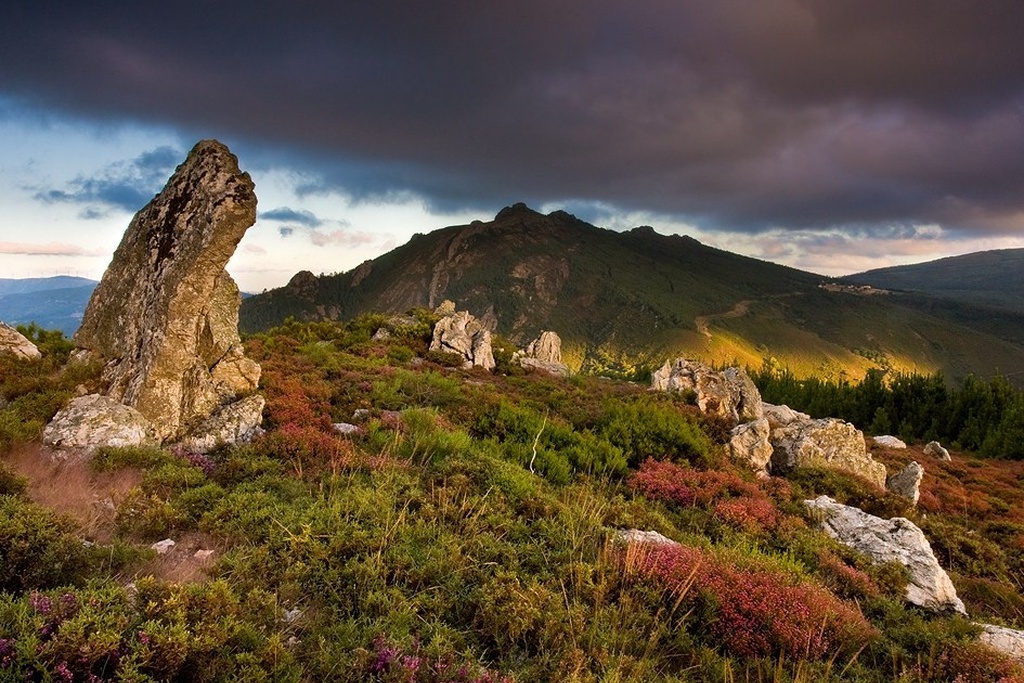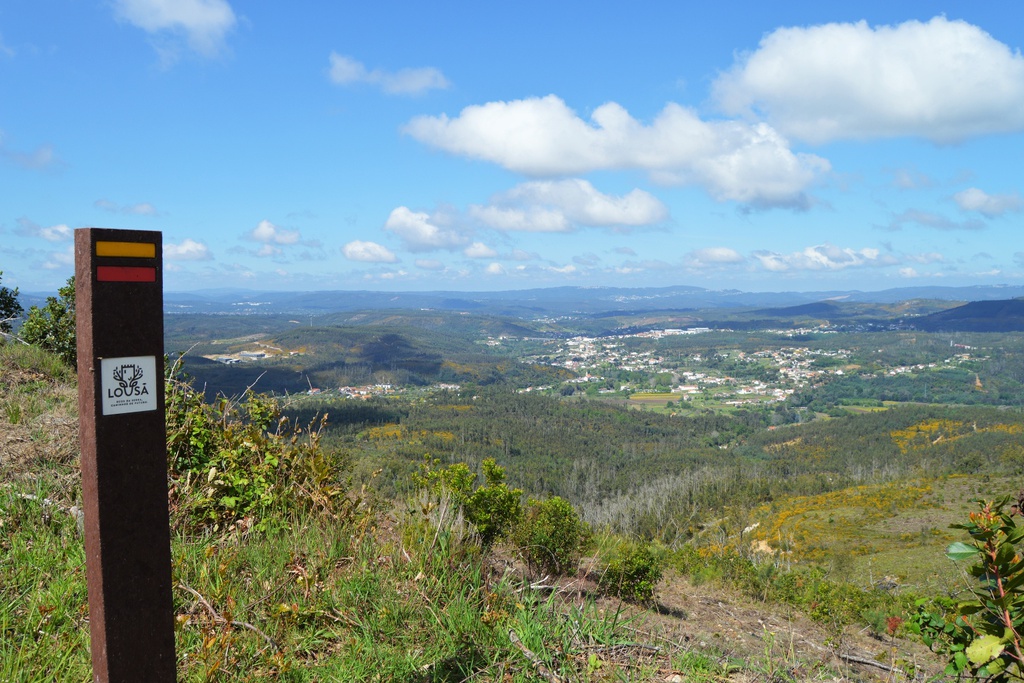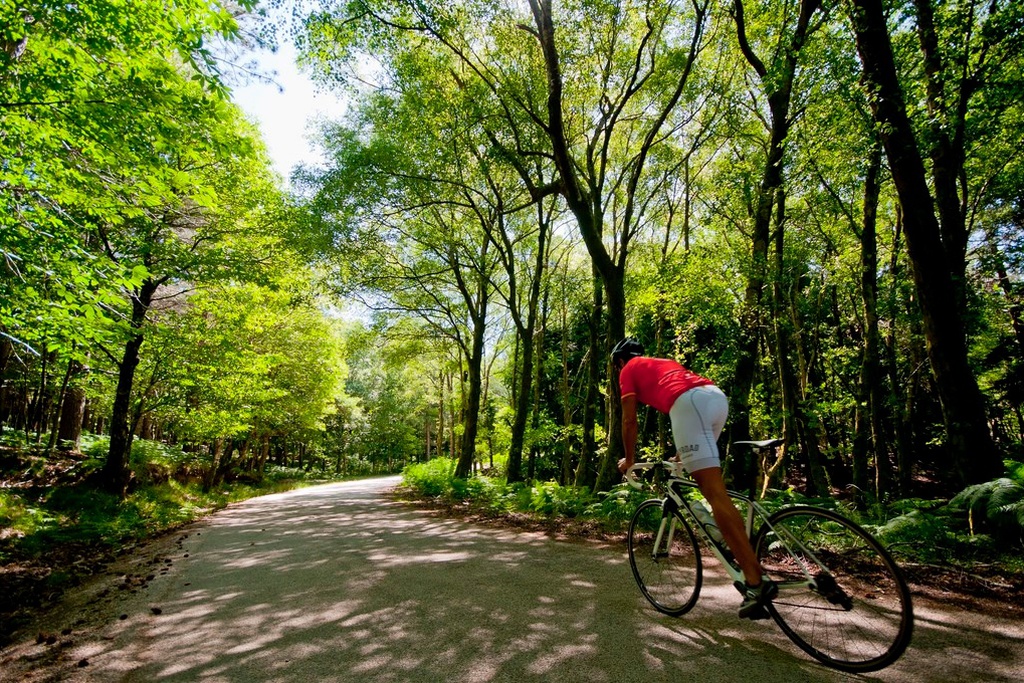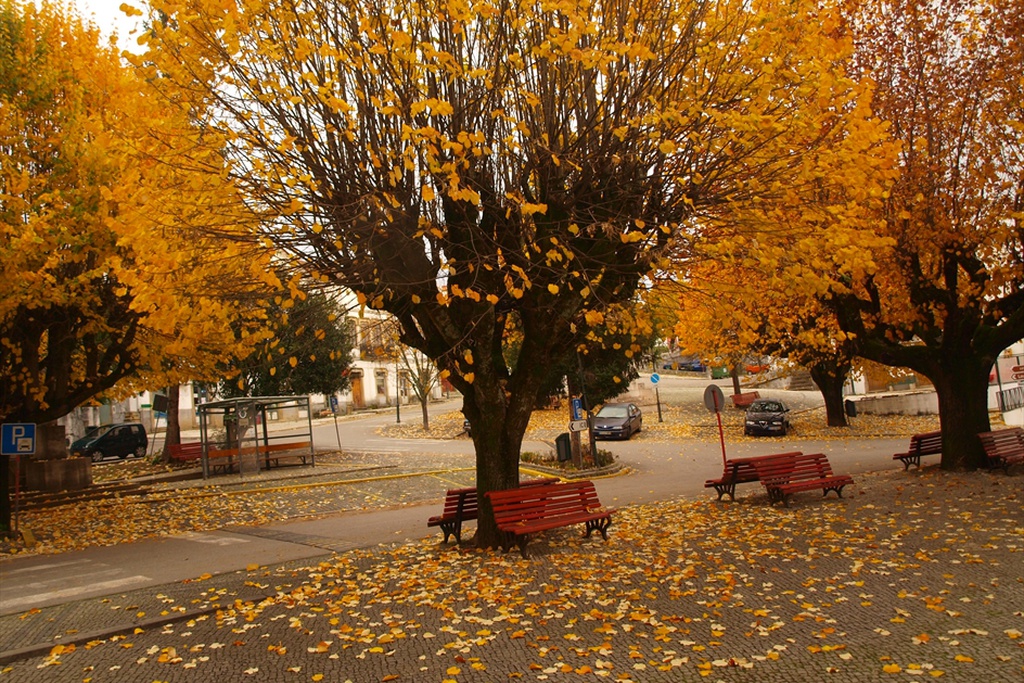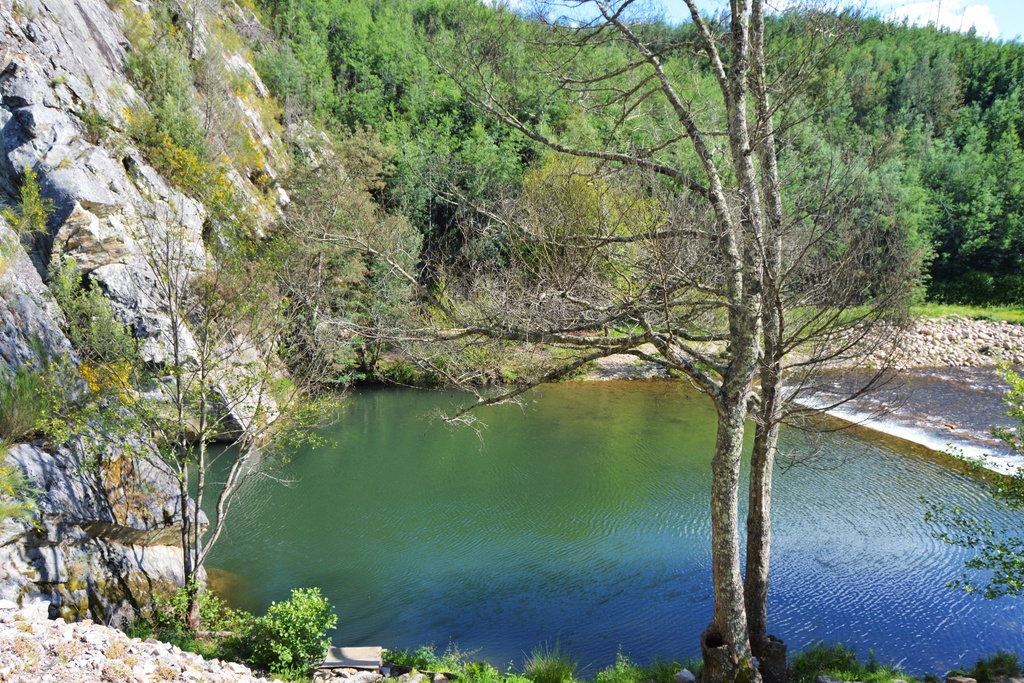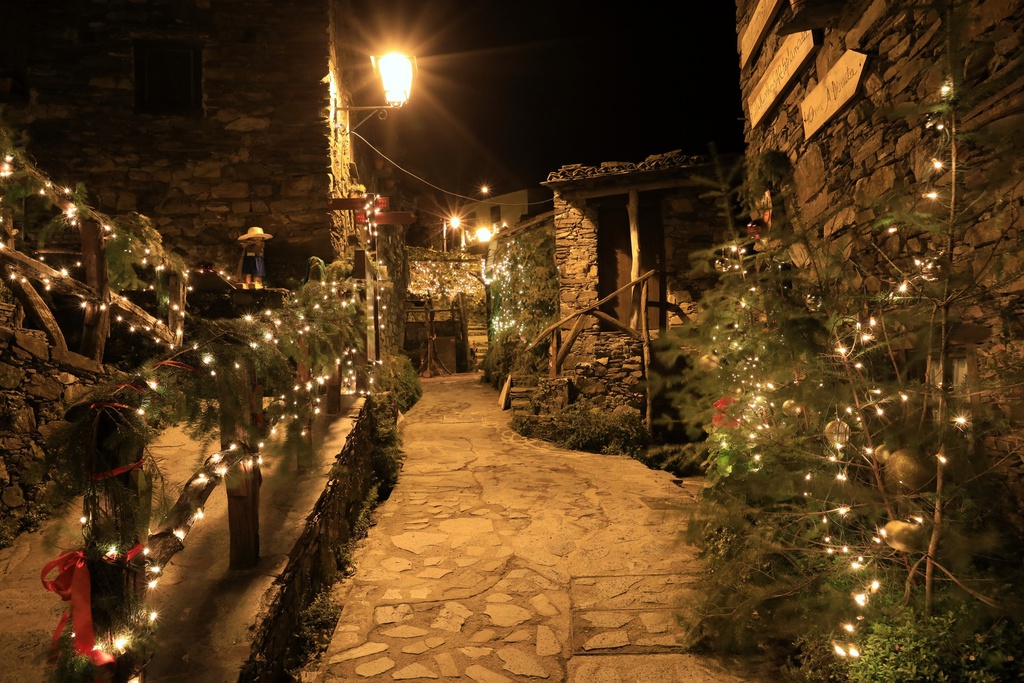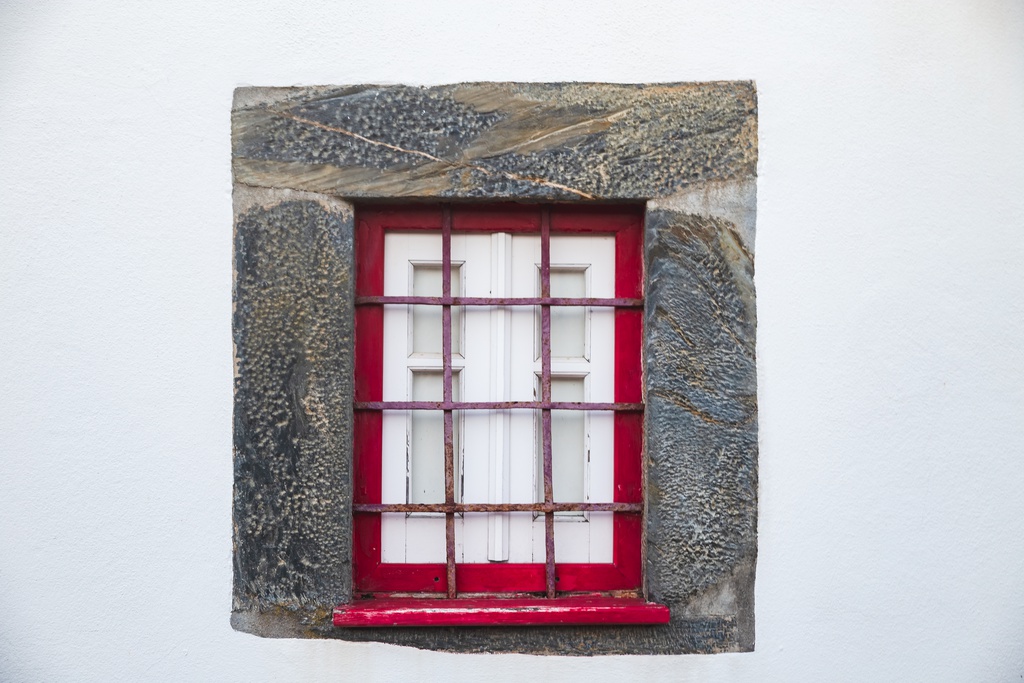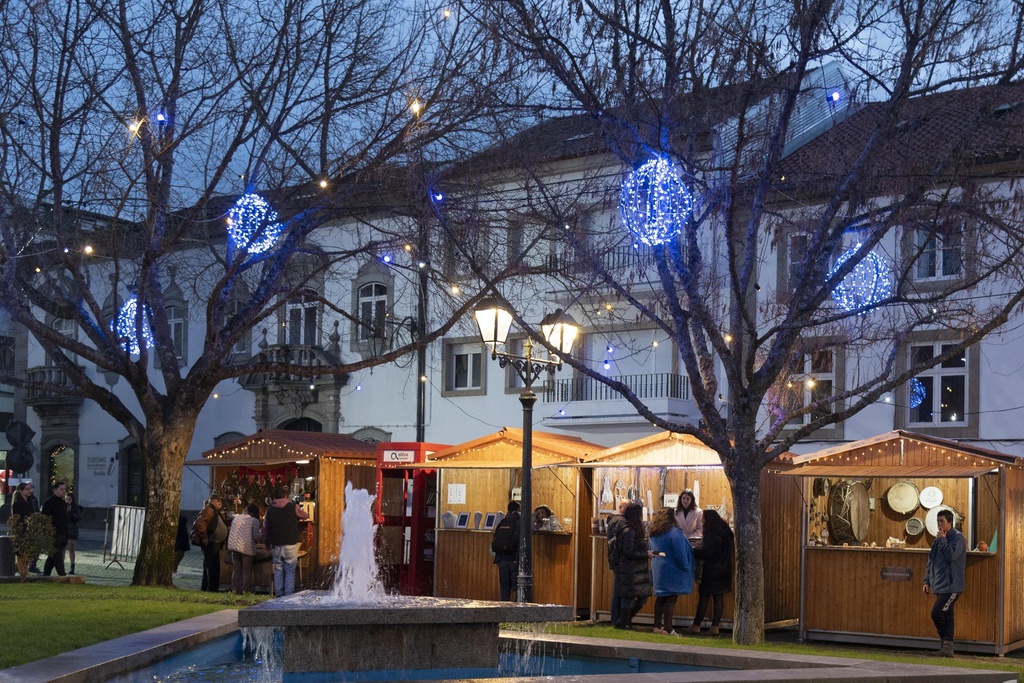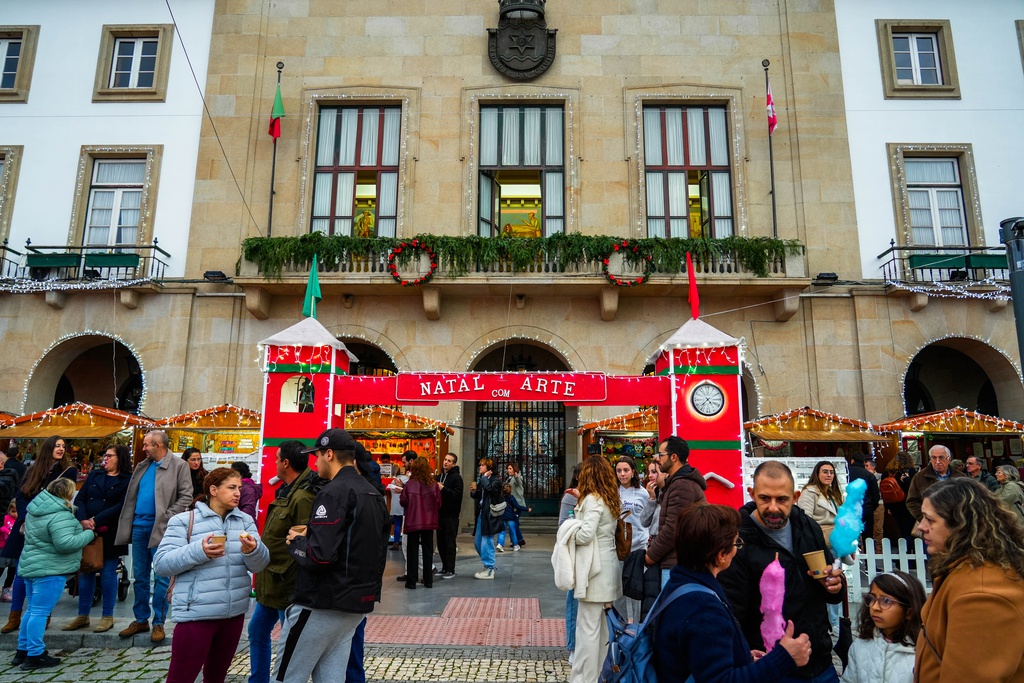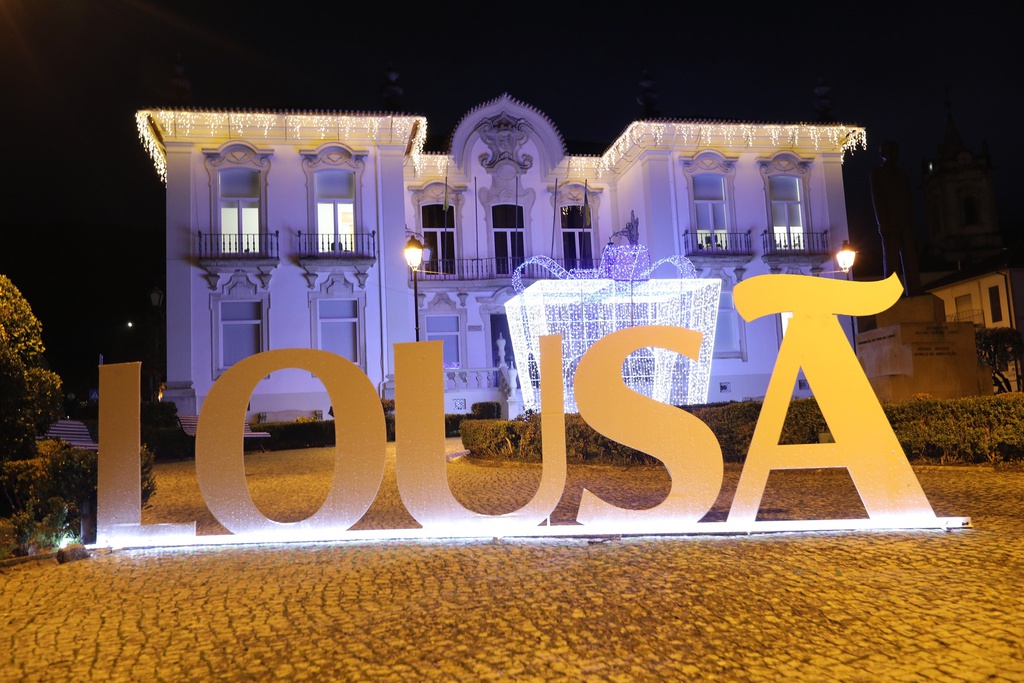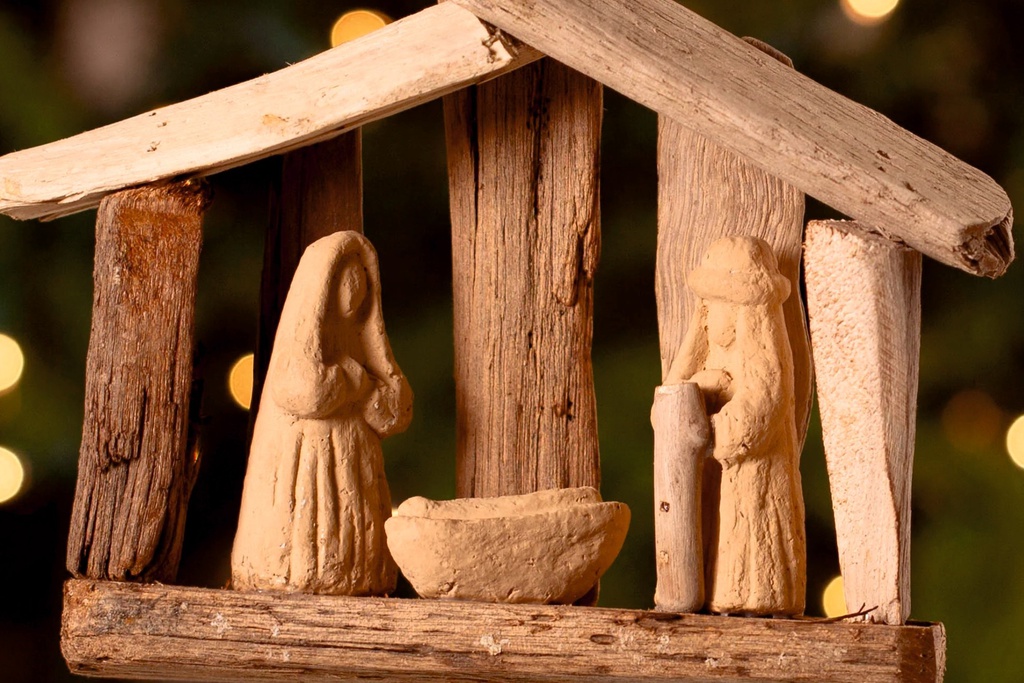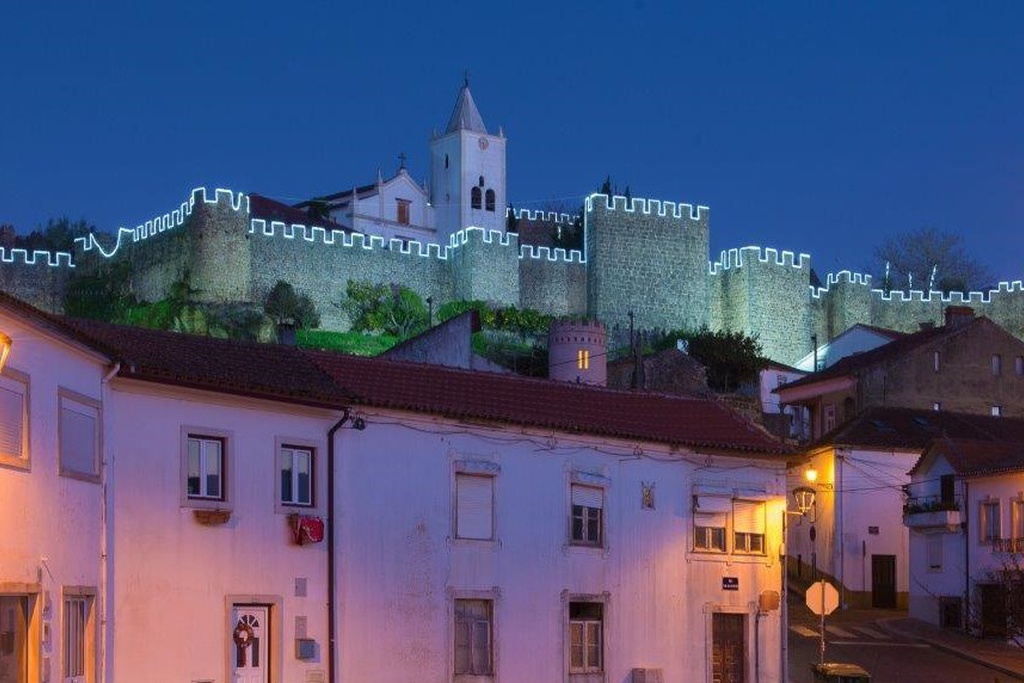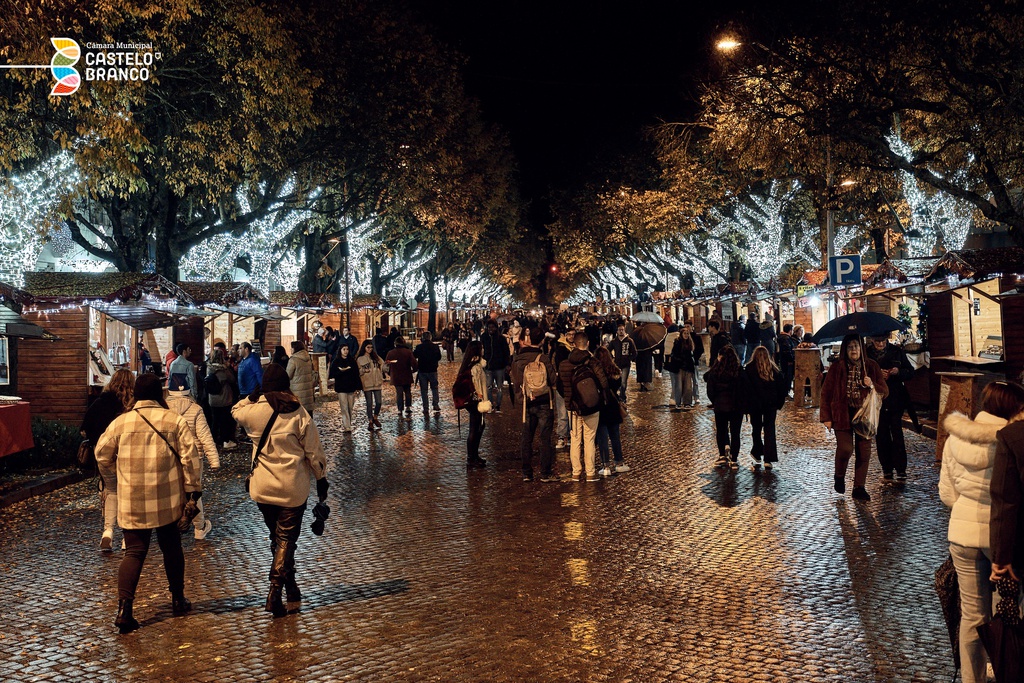In general, the history of this village is similar to the histories of the other four Schist Villages in Lousã municipality. Permanent settlement of the villages of the Lousã Mountain occurred in the second half of the 17th century or beginning of the 18th. Until then, occupation was only seasonal, in the spring and summer, with pastoralism practices. What is certain is that Candal is a typical example of the appropriation of territory by man. In a clear attempt to adapt to the uneven ground, the arrangement of the buildings followed a logical method in order to ensure exposure to the sun and ease of access.
The “Register of the population of the Kingdom (1527)” mentions none of these villages in its entry for Lousã. The oldest documents that point to their occupation are a fine imposed by Lousã Council in 1679 and the register of tenant properties ordered by King Pedro II in 1687. At the beginning of the 19th century only Candal and Cerdeira escaped pillaging by the Napoleonic army. In 1885 the population of the seven villages (the five Schist Villages, plus Catarredor and Vaqueirinho) corresponded to 8.7% of the total population of the parish of Lousã (5340 inhabitants).
As for Candal itself, in 1911 the village had 129 inhabitants. Emigration to the USA began in the 1920s, but even so, in 1940 the village reached its maximum population of 201 inhabitants. Around this time, the village had two herds of goats and sheep, totalling 1200 head. The population was occupied in pastoralism, coal production and subsistence agriculture. These were followed by occupations such as planters during the afforestation of the mountains and road menders.
A little higher up is the village of Candal, in the gloomy poverty typical of small mountain villages - two dozen cottages built from schist offcuts. (…) The inhabitants are shepherds, charcoal burners, Forest Service tree planters, road menders, and mainly farmers of the narrow cultivated strip fields on terraces where, by dint of sheer stubbornness, they plant half a dozen cabbages or sow two handfuls of rye, and which often disappear in a night of heavy rain.”
Silva Teles in “Guia de Portugal - Beira Litoral, Beira Baixa, Beira Alta” (1944)
In the 1950s and 1960s many Candal inhabitants left for Brazil. In 1958 the village celebrated the arrival of the first telephony, which was battery operated. The 1960 census showed a sharp decline in the population of the villages, which now represented only 4.2% of the total population of the parish of Lousã (8191 inhabitants). And in 1970 they represented only 2.5%.
Electricity only reached Candal in the 1970s, as did the telephone.
In 1976 the first houses began to be bought for restoration as second homes. In 1991 the village only had 15 inhabitants.
Origin of the name
The name Candal may be associated with the art of stone carving. The stonecutters – the men who work the stone - and the stonemasons - who with them built walls and houses - sang as they worked. “Cantar a pedra” (singing the stone) may have evolved into “candar” and thence to Candal, the place where they sing the stone.


